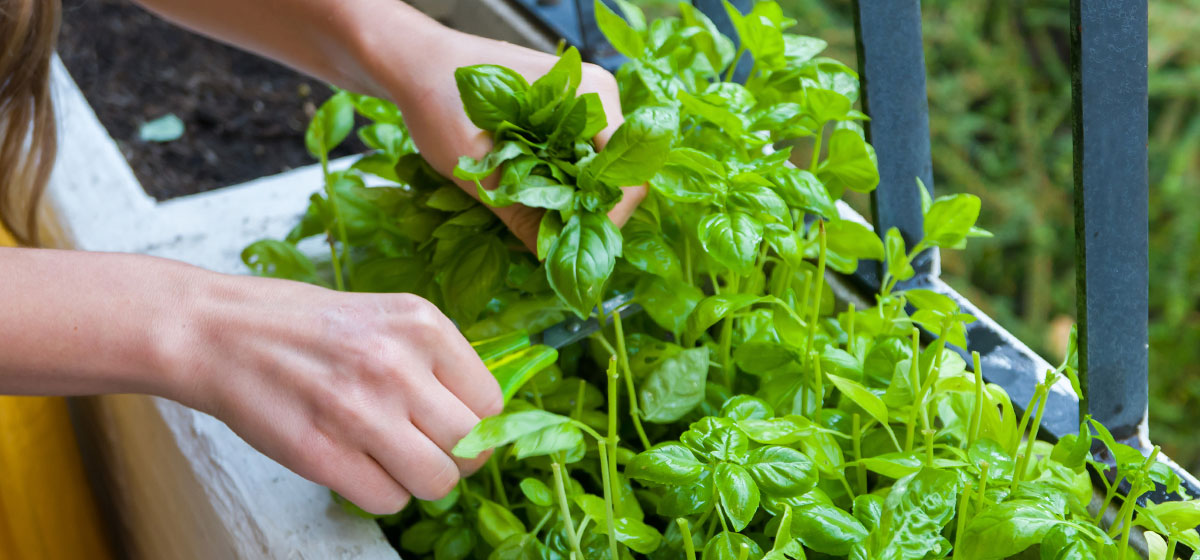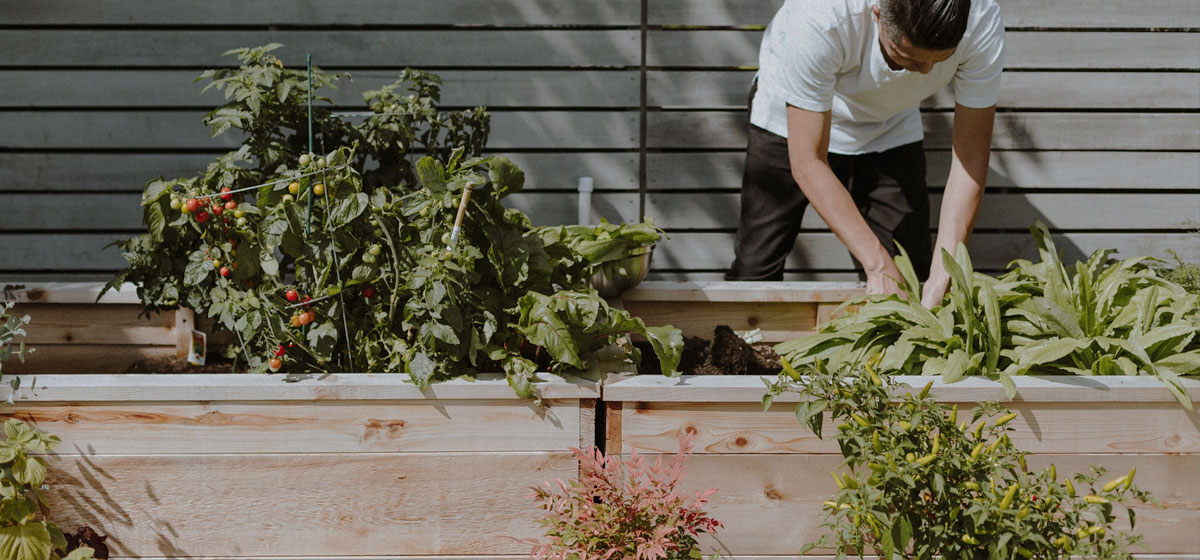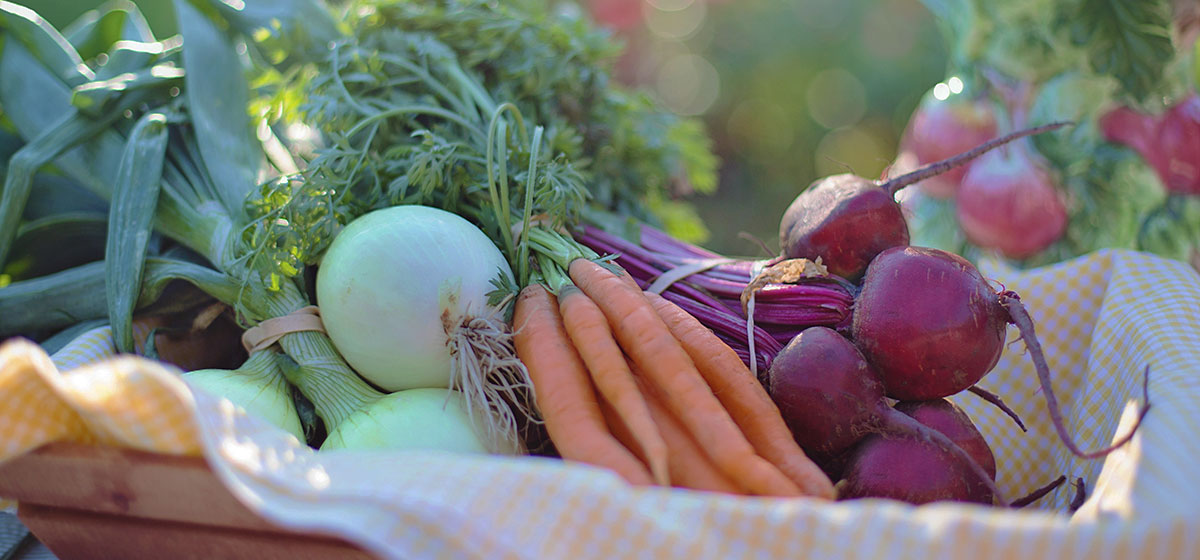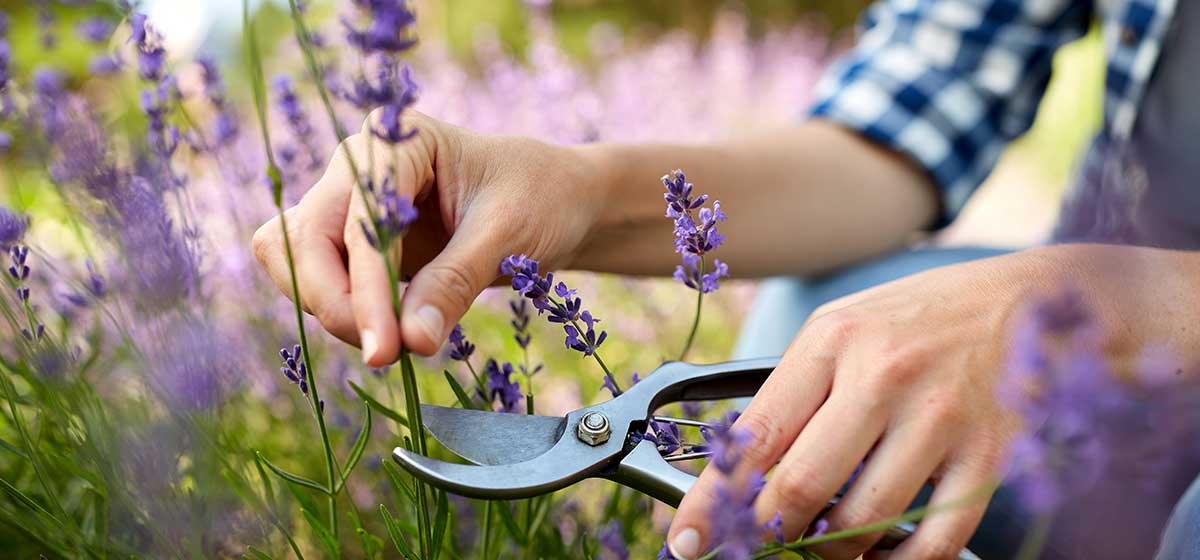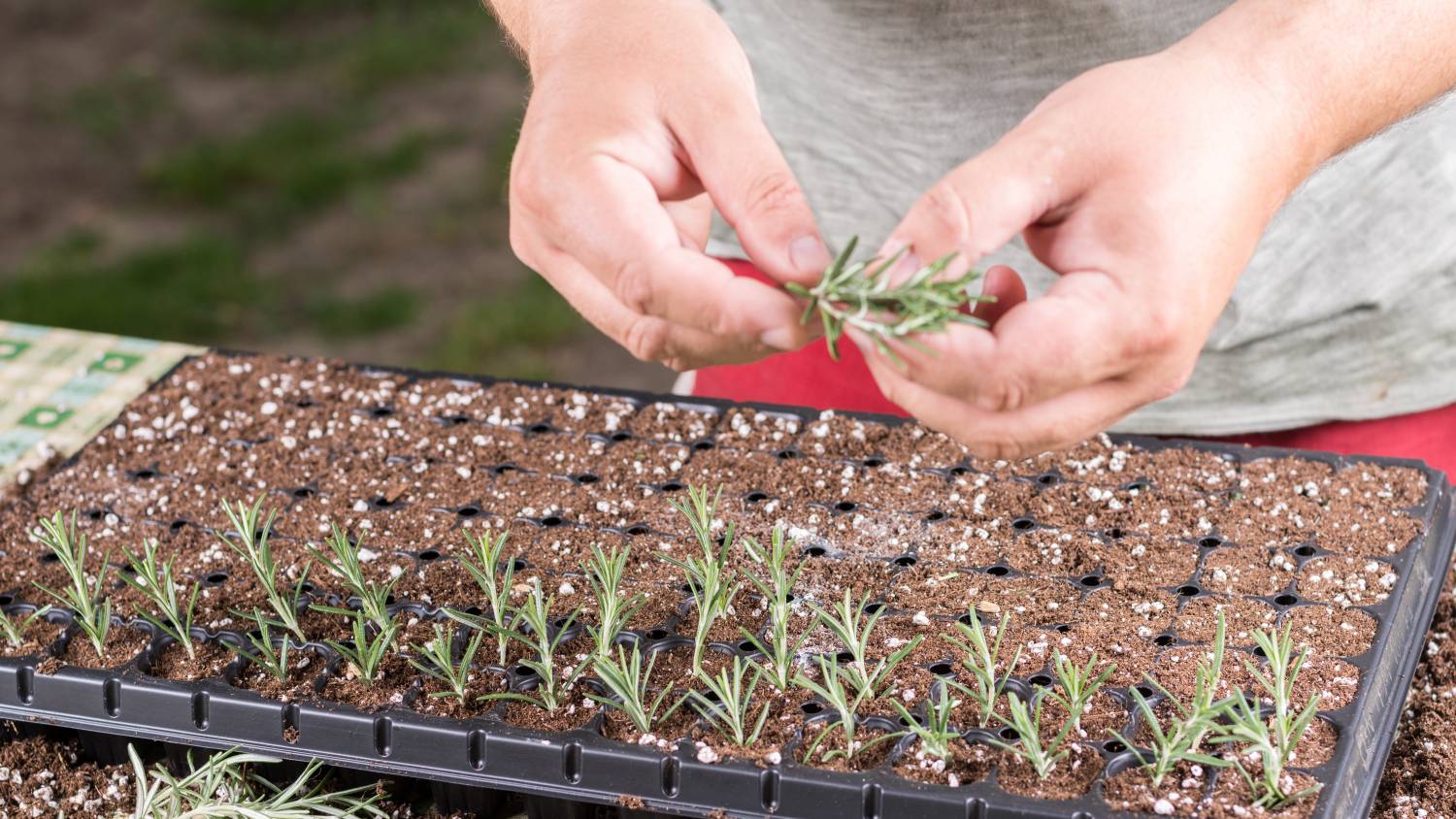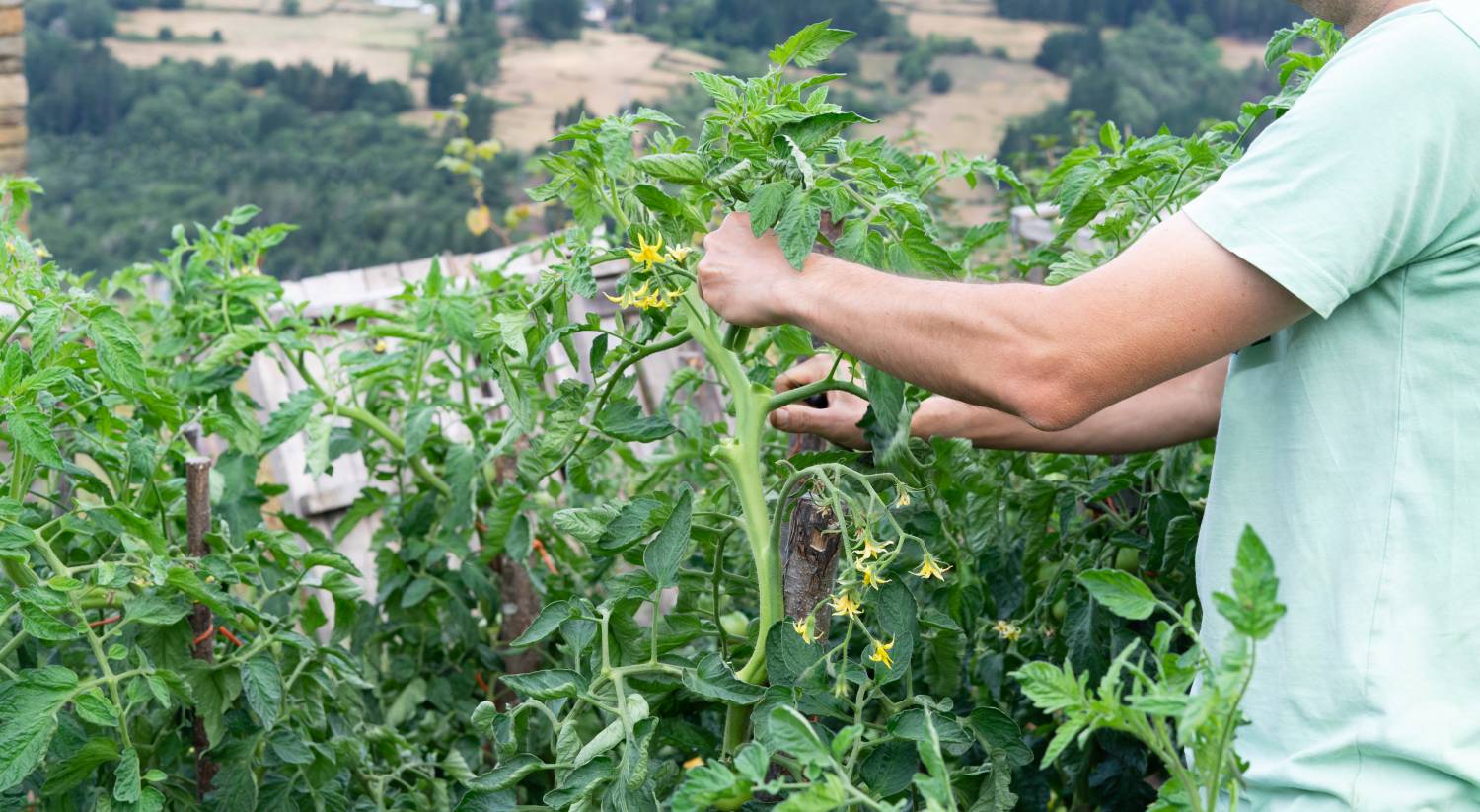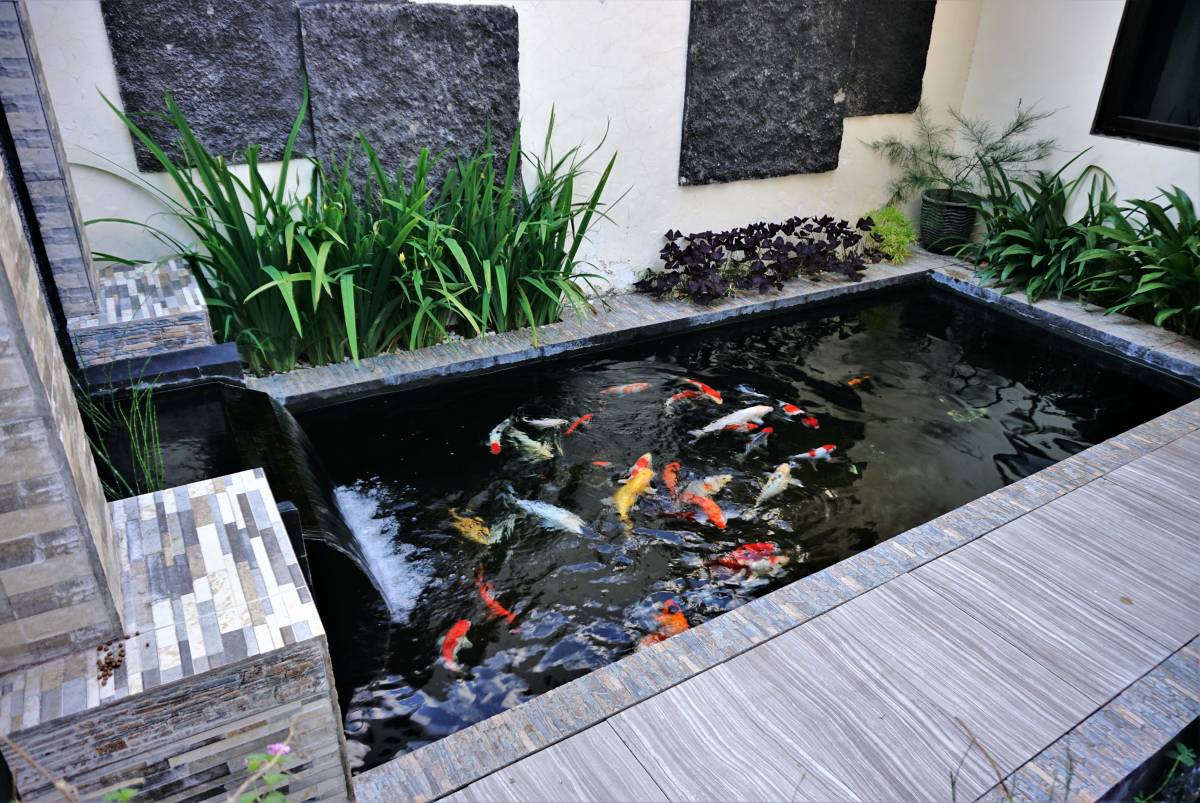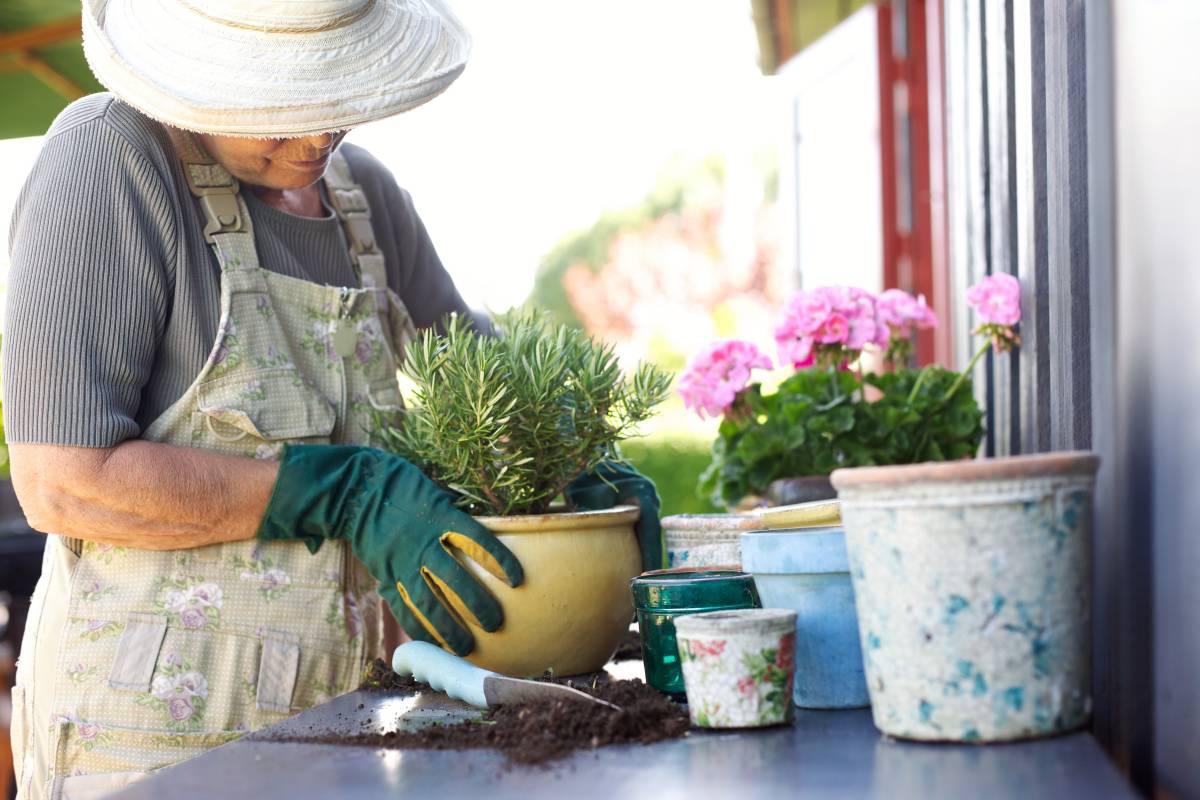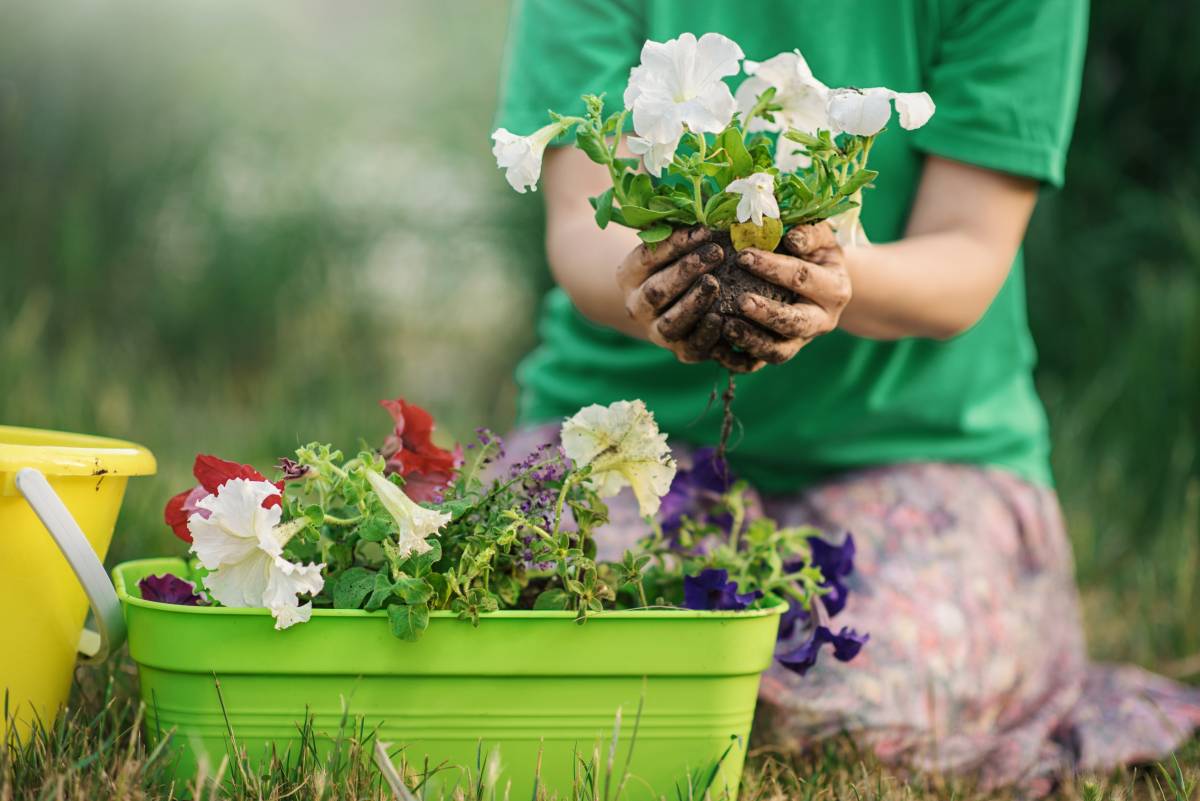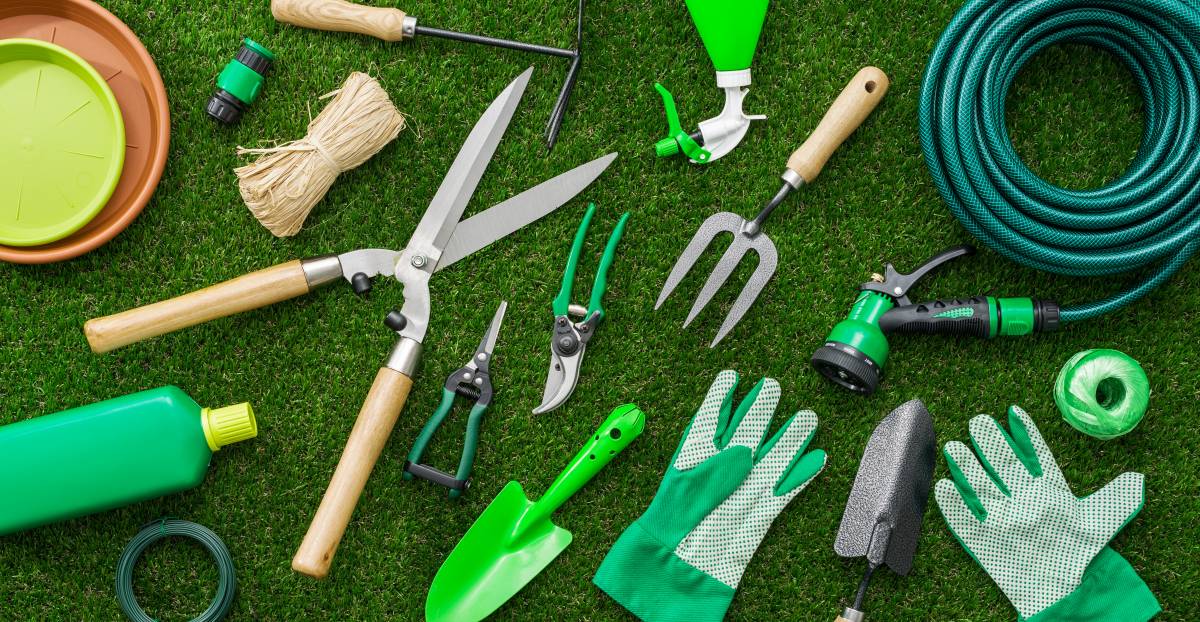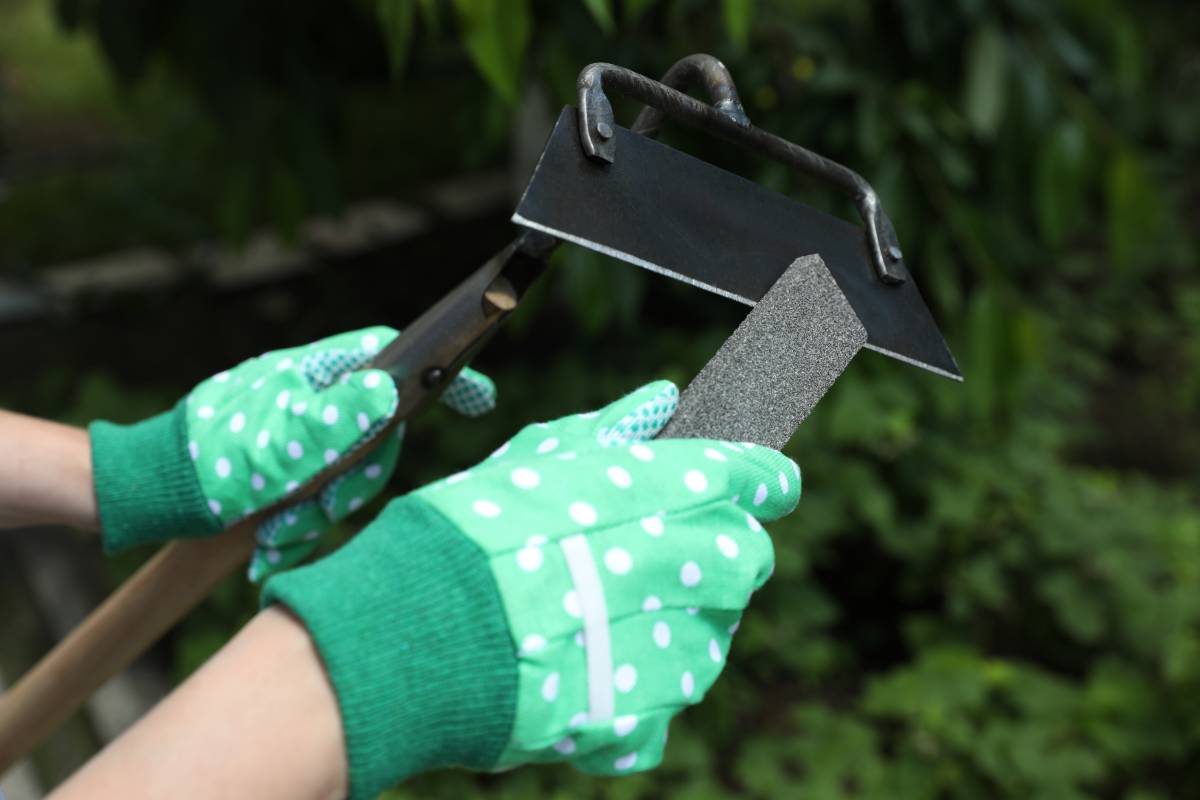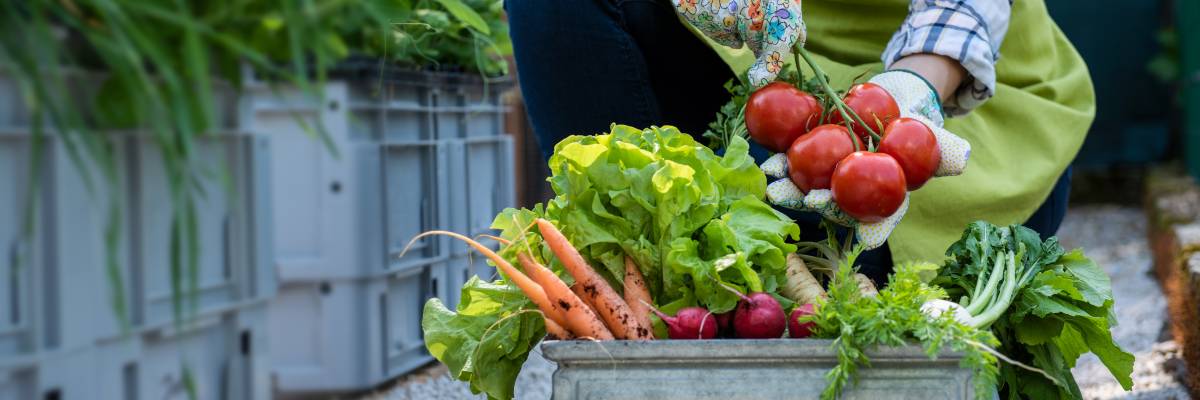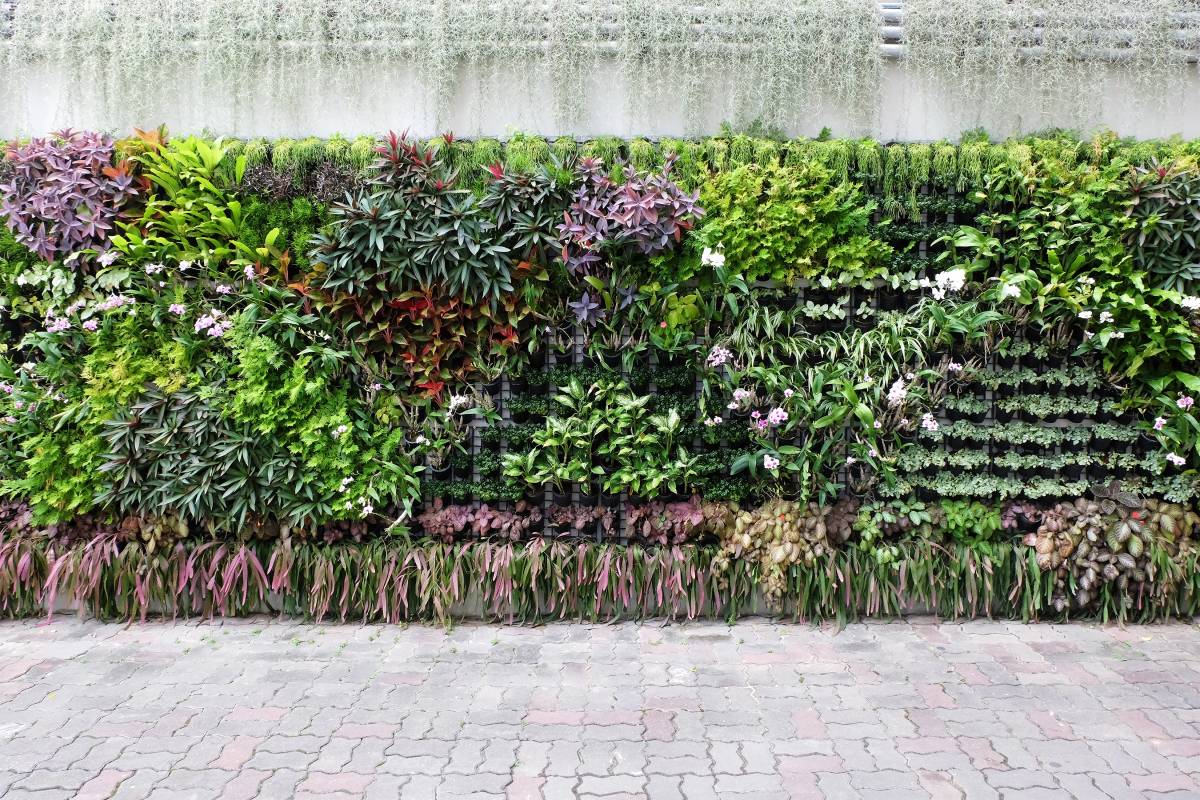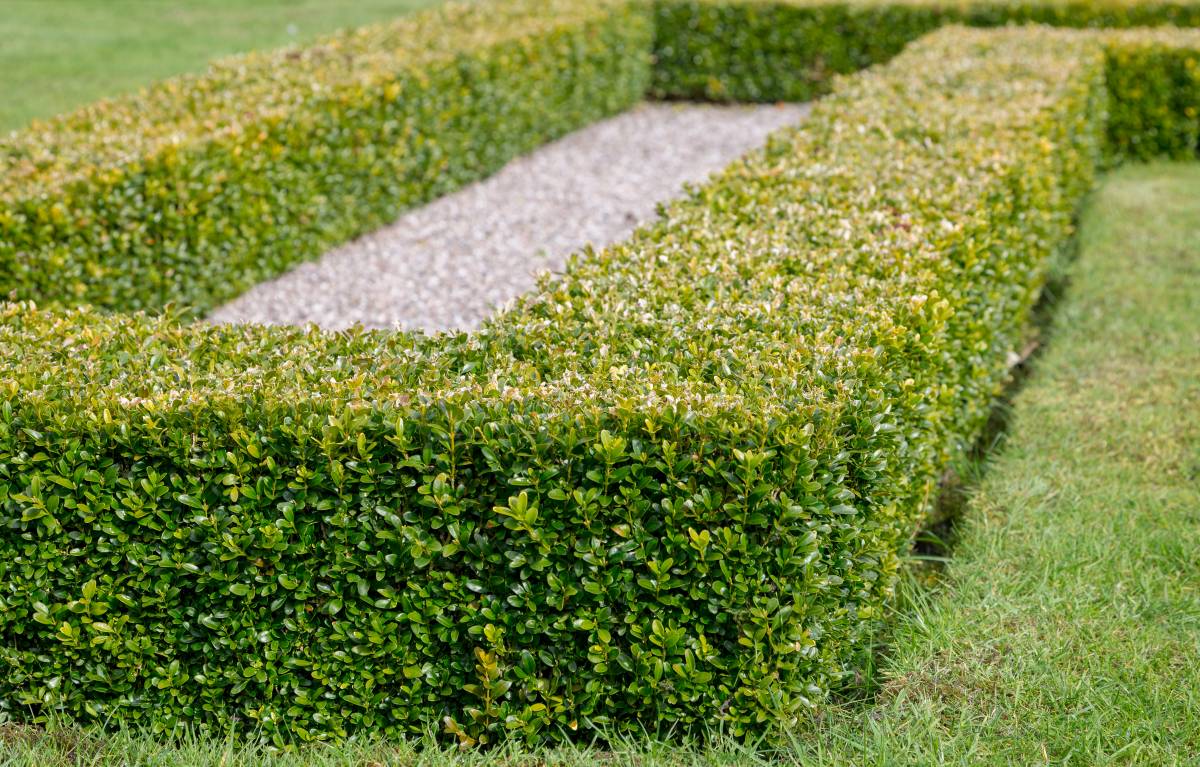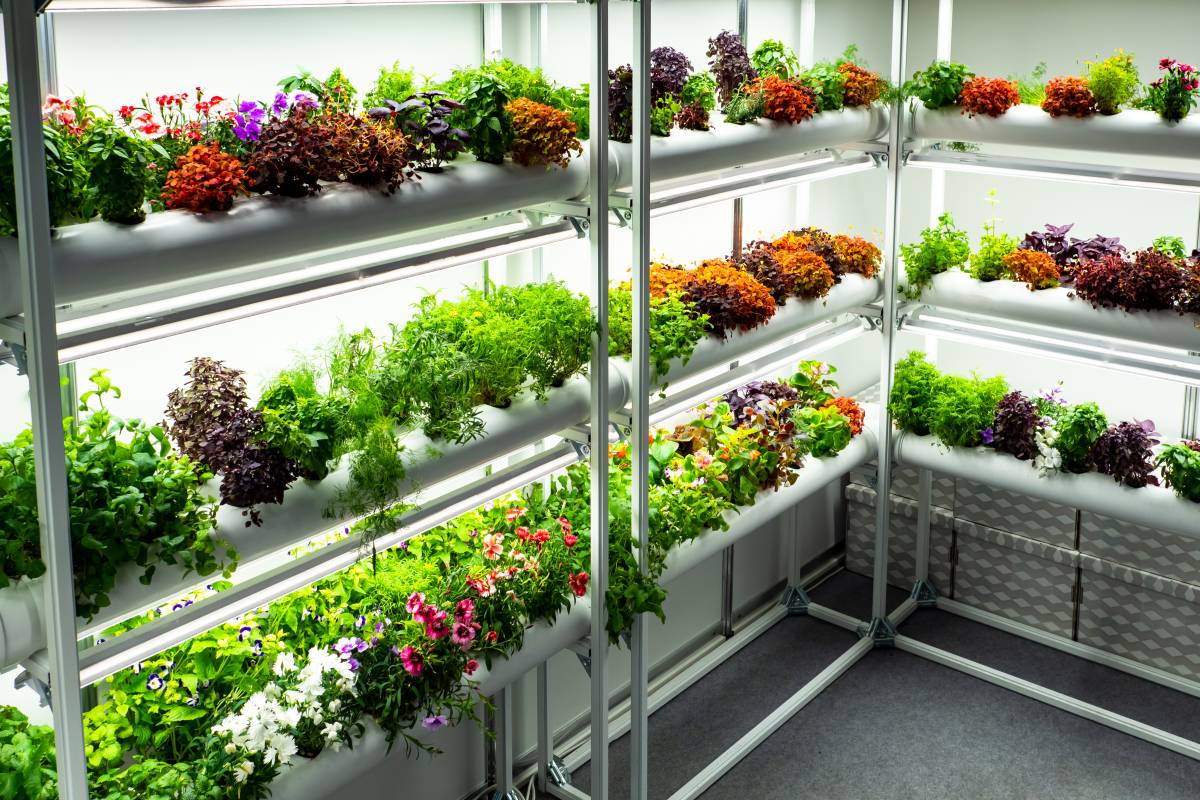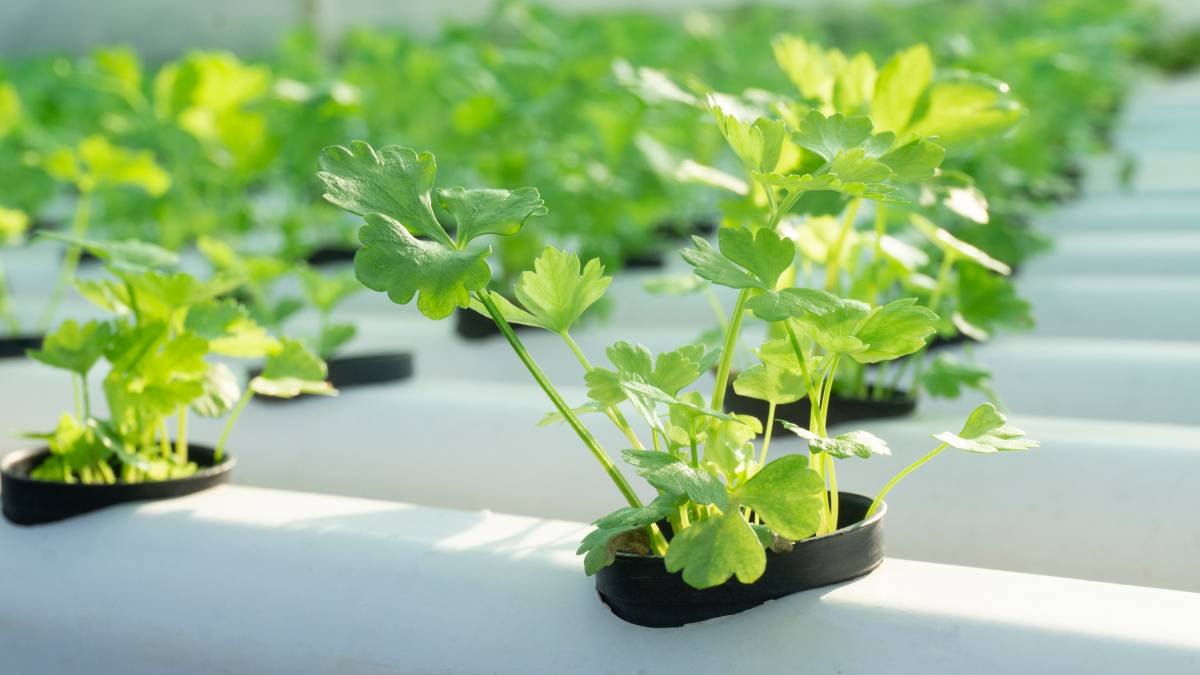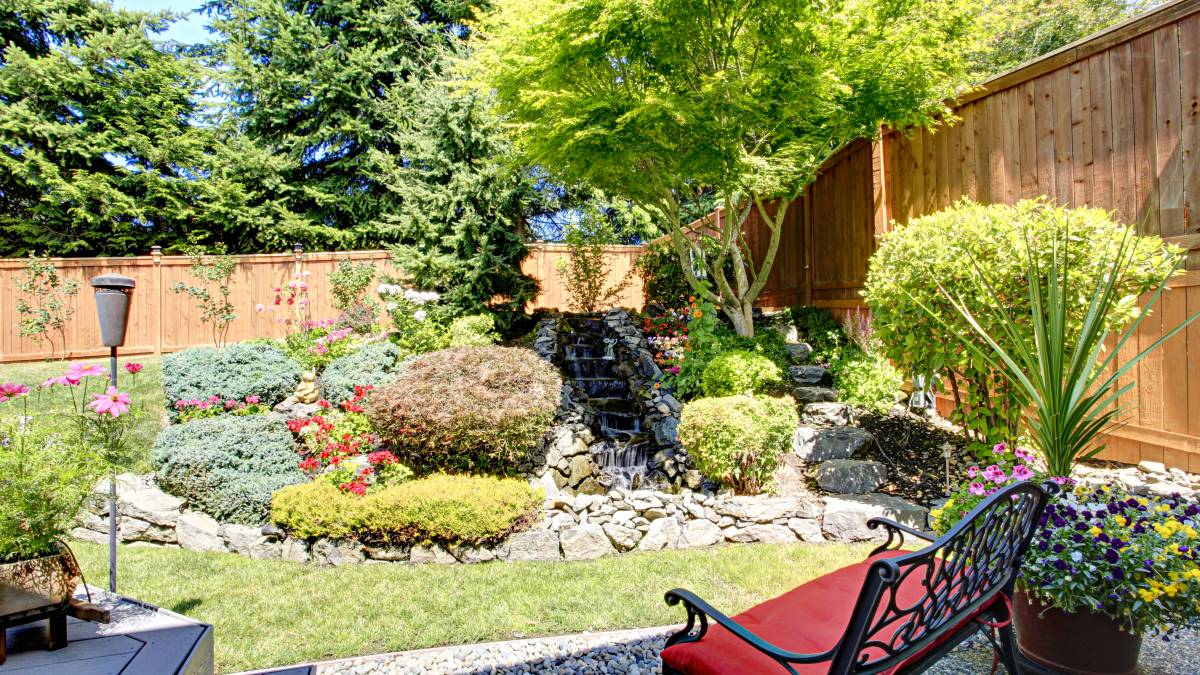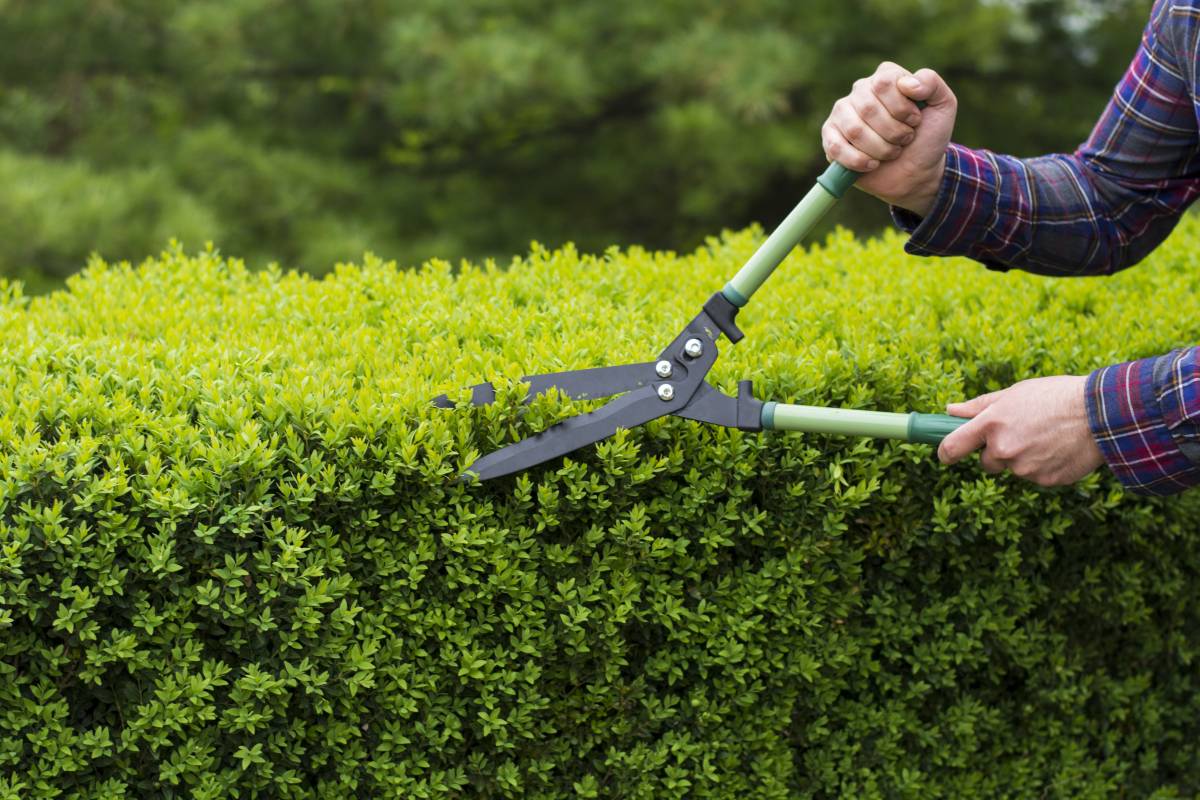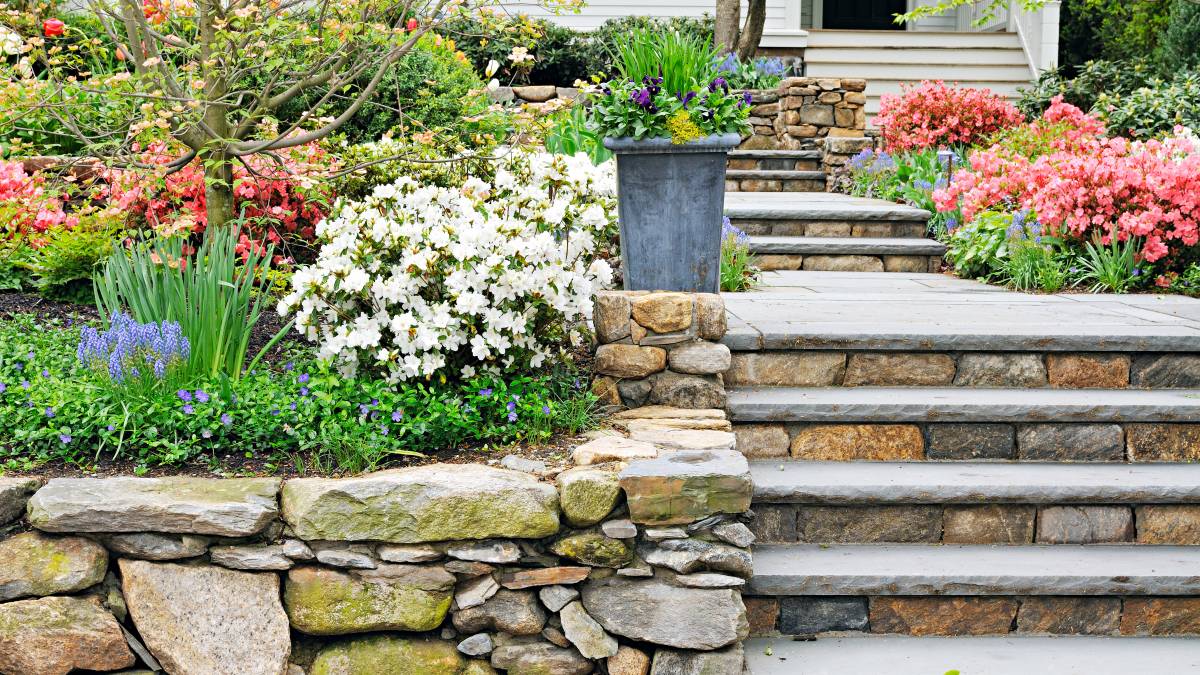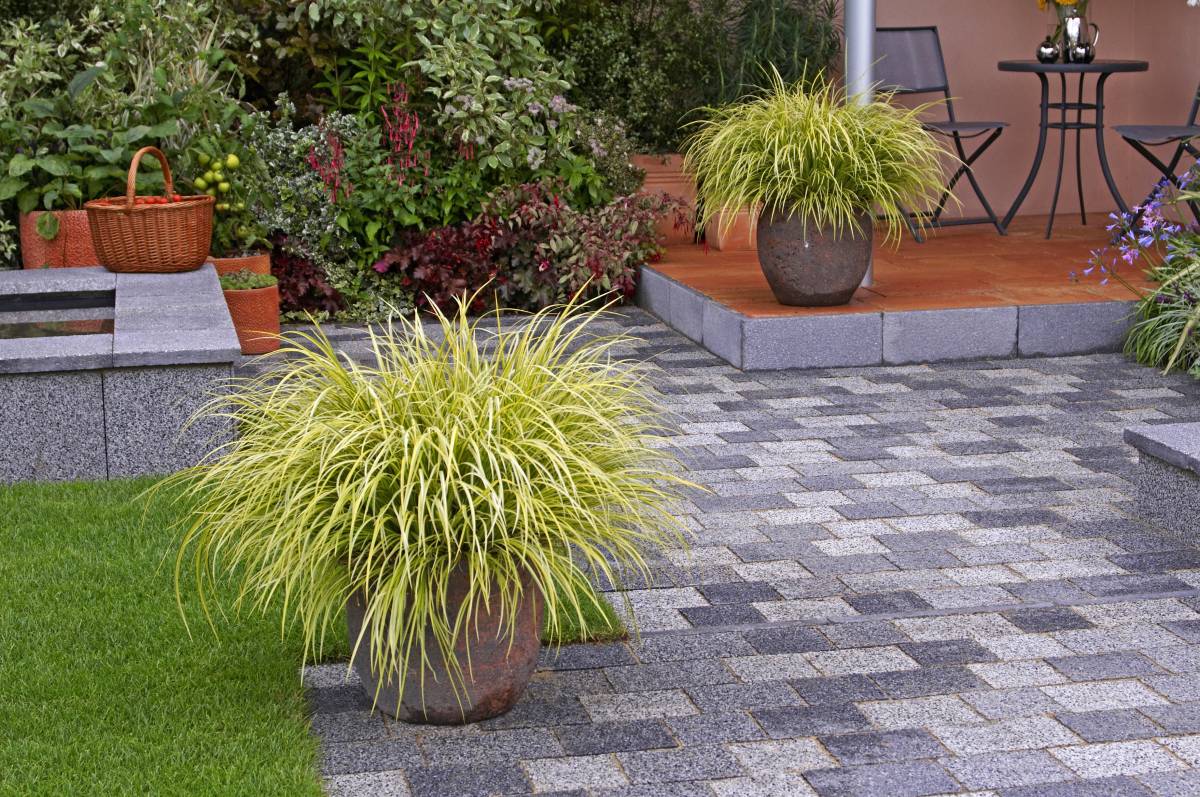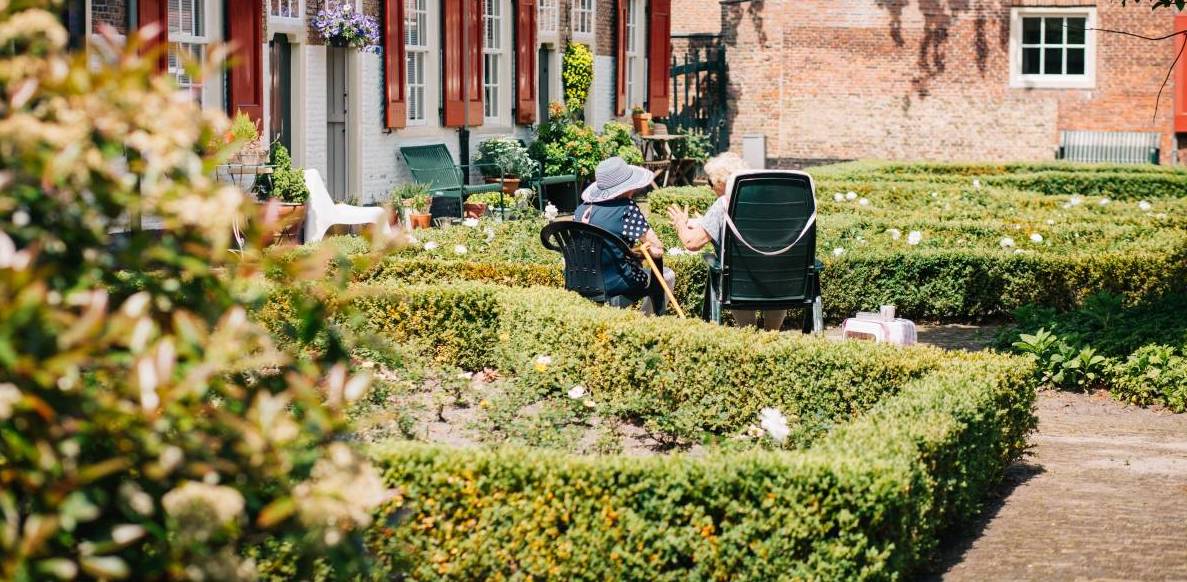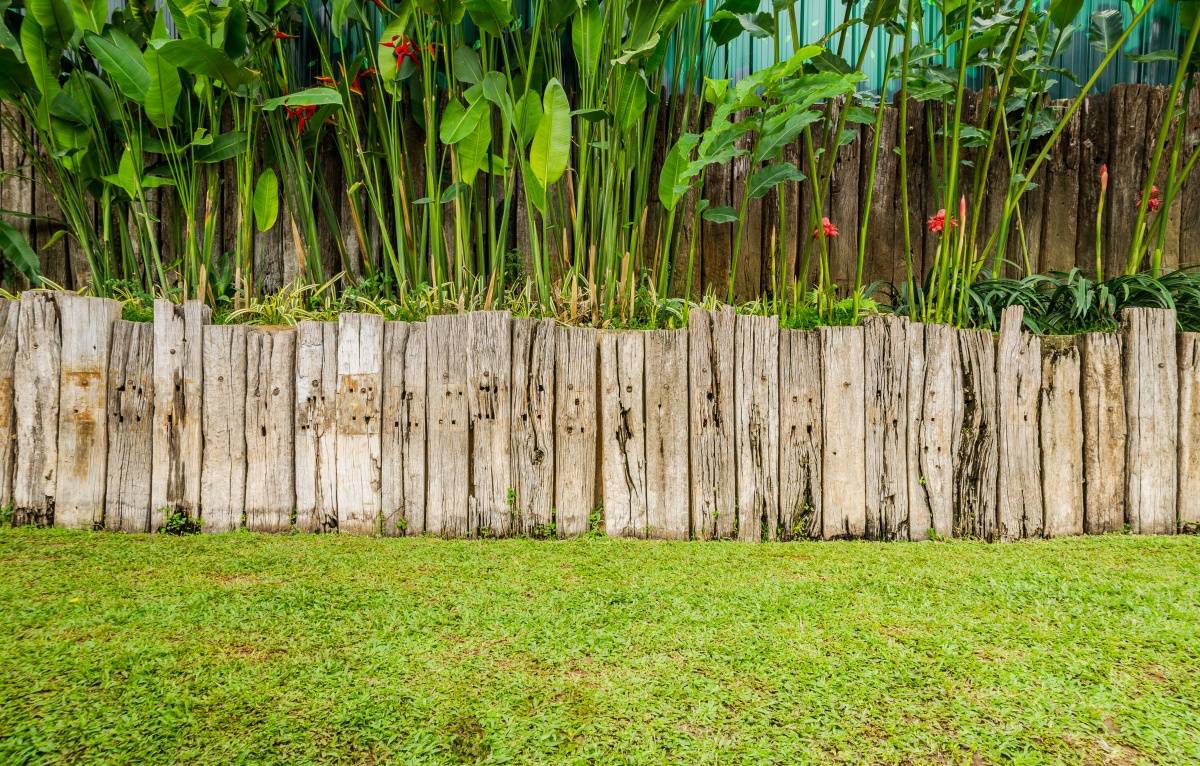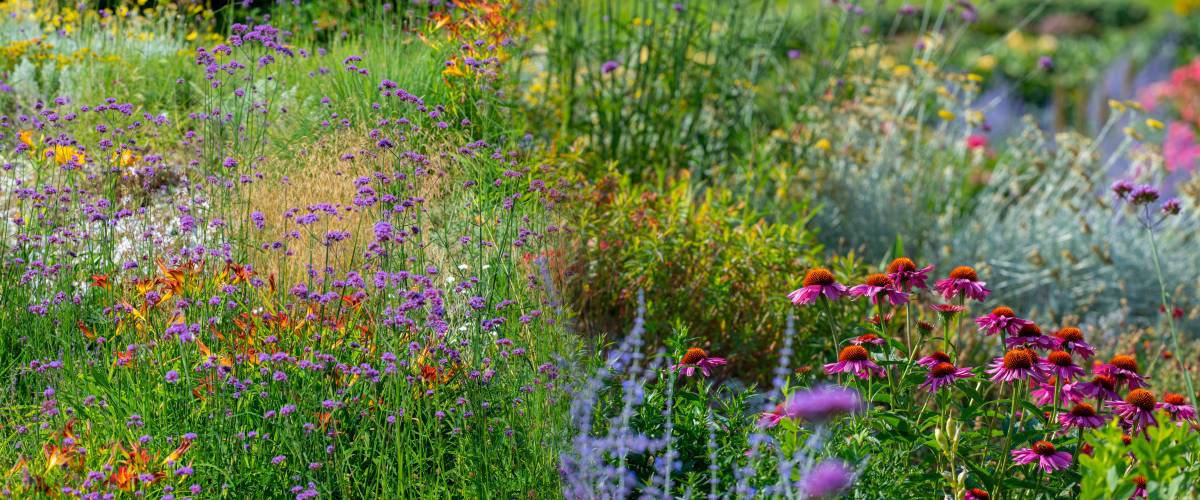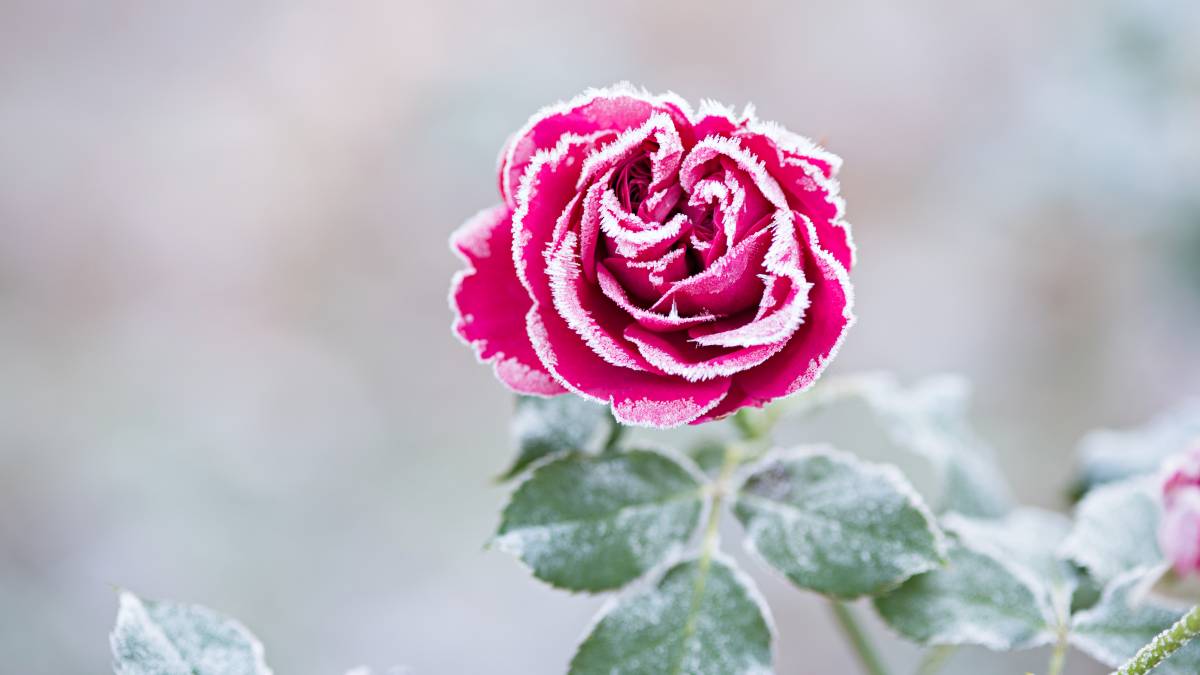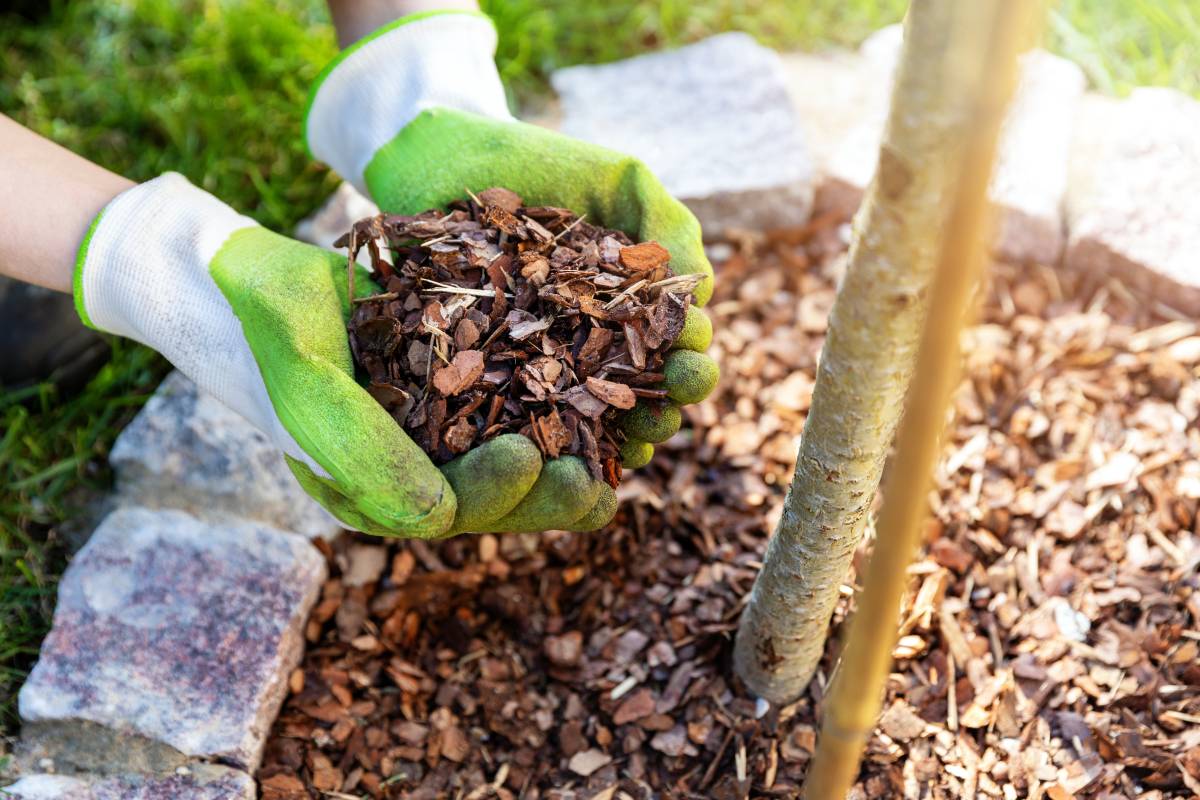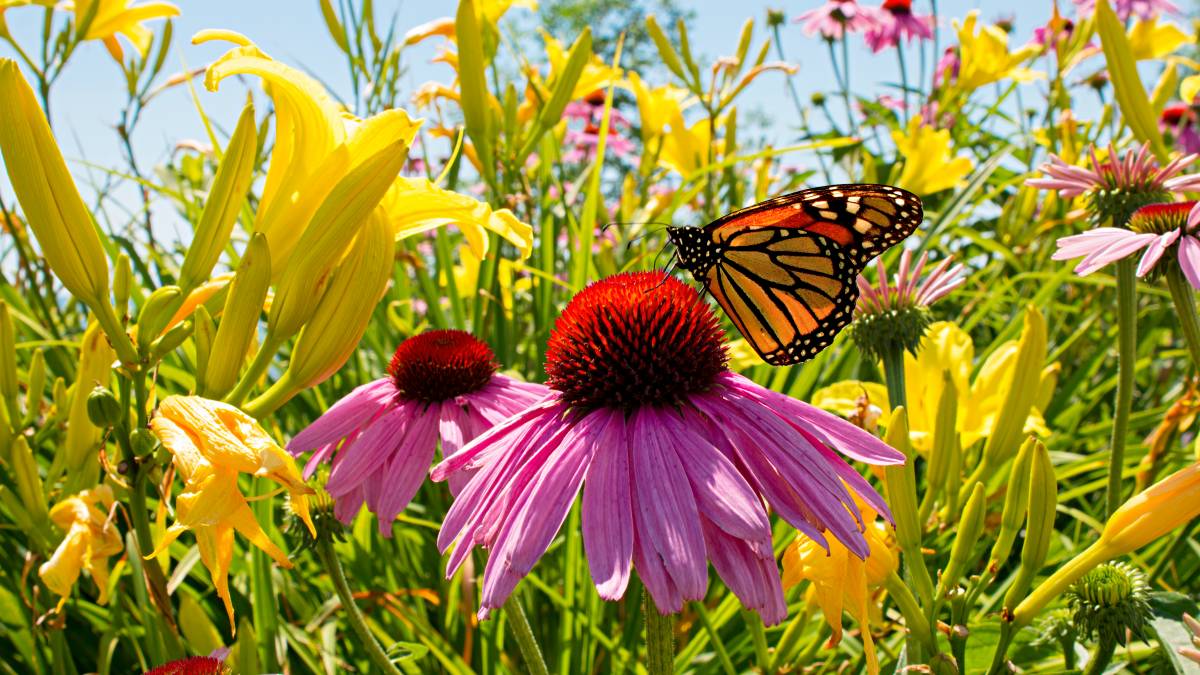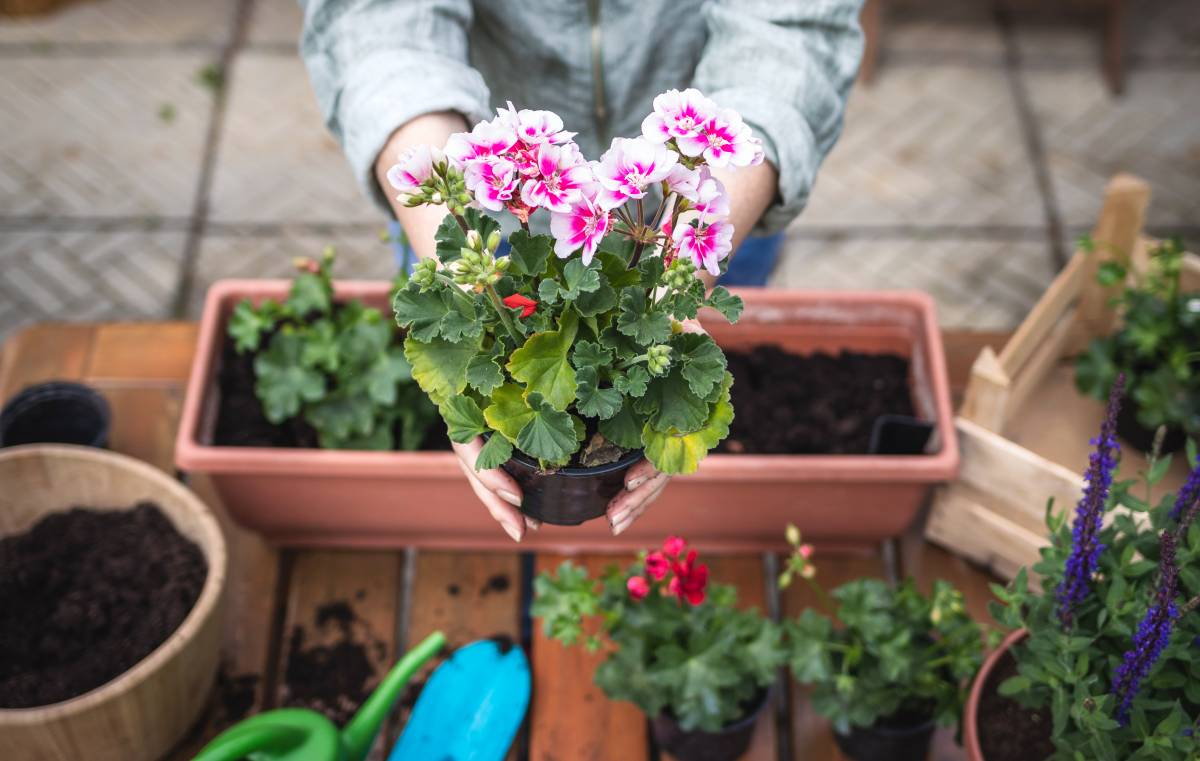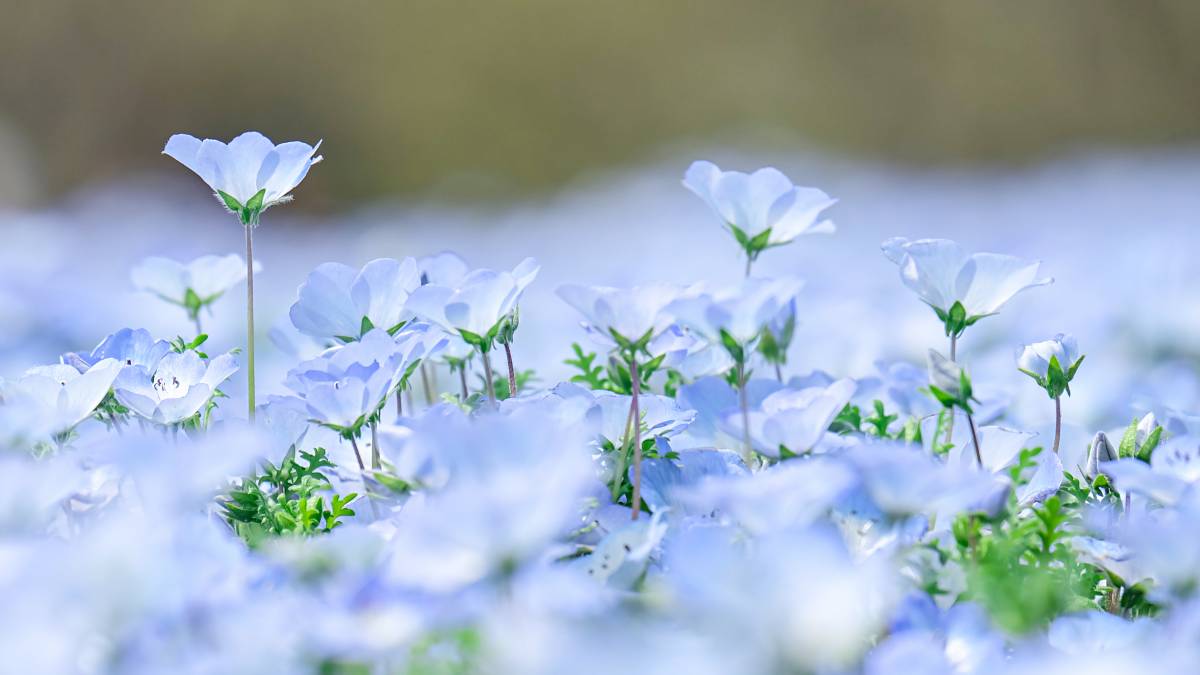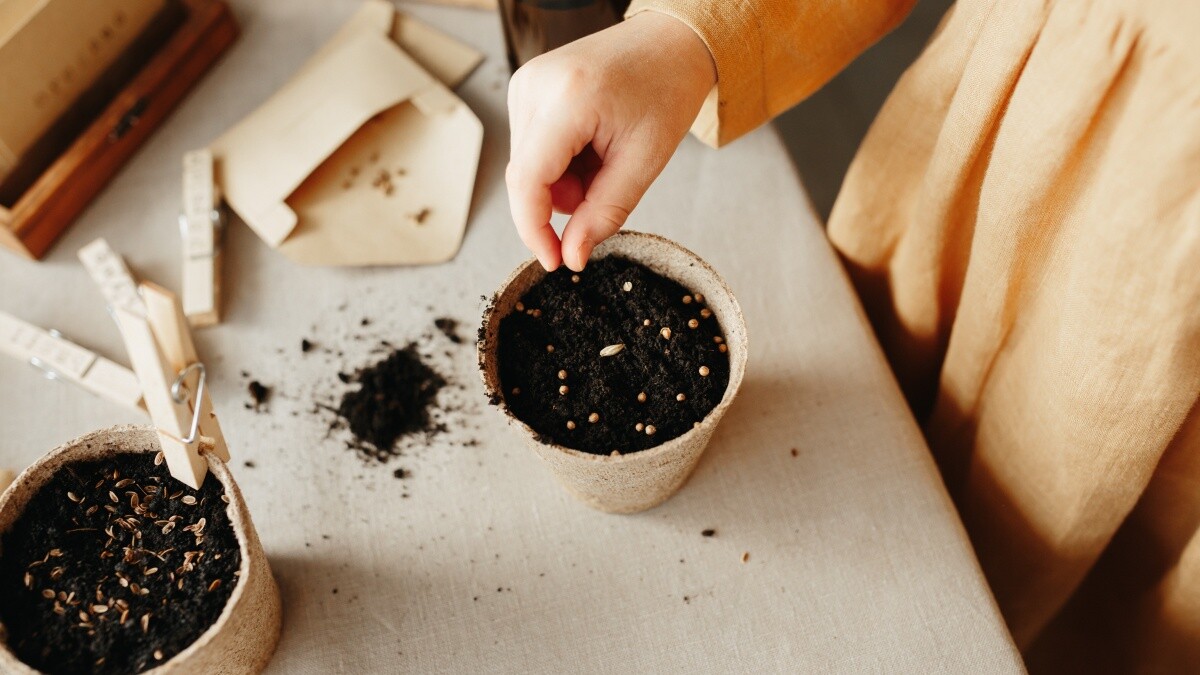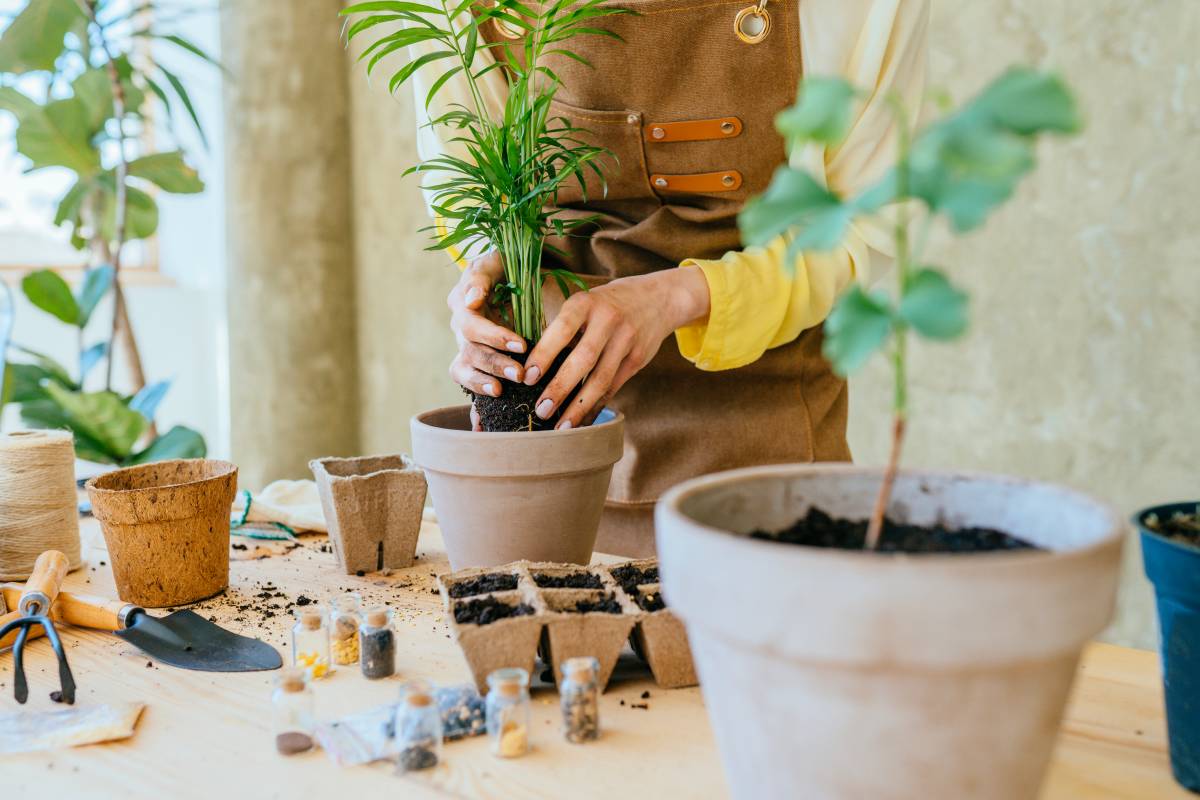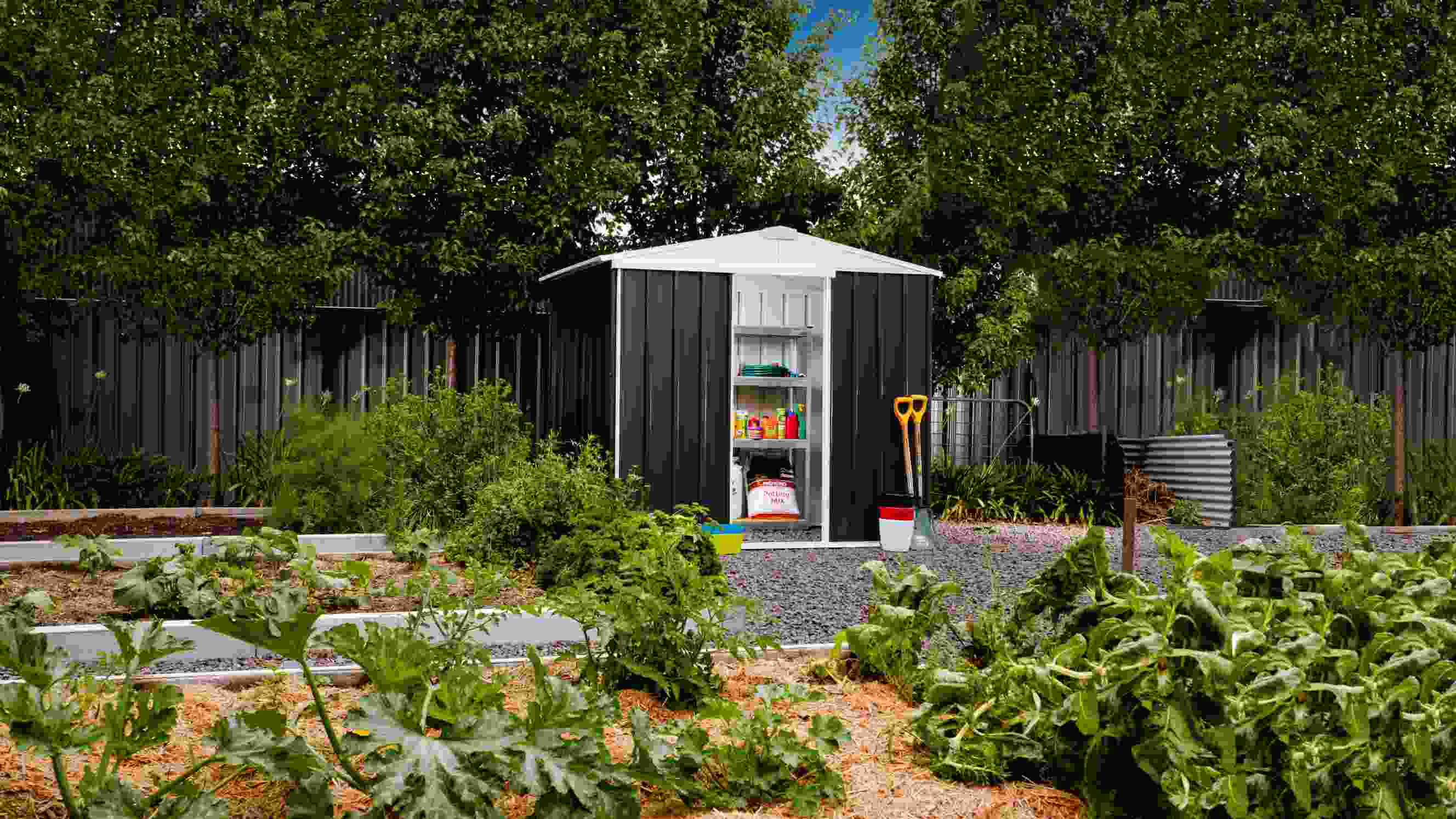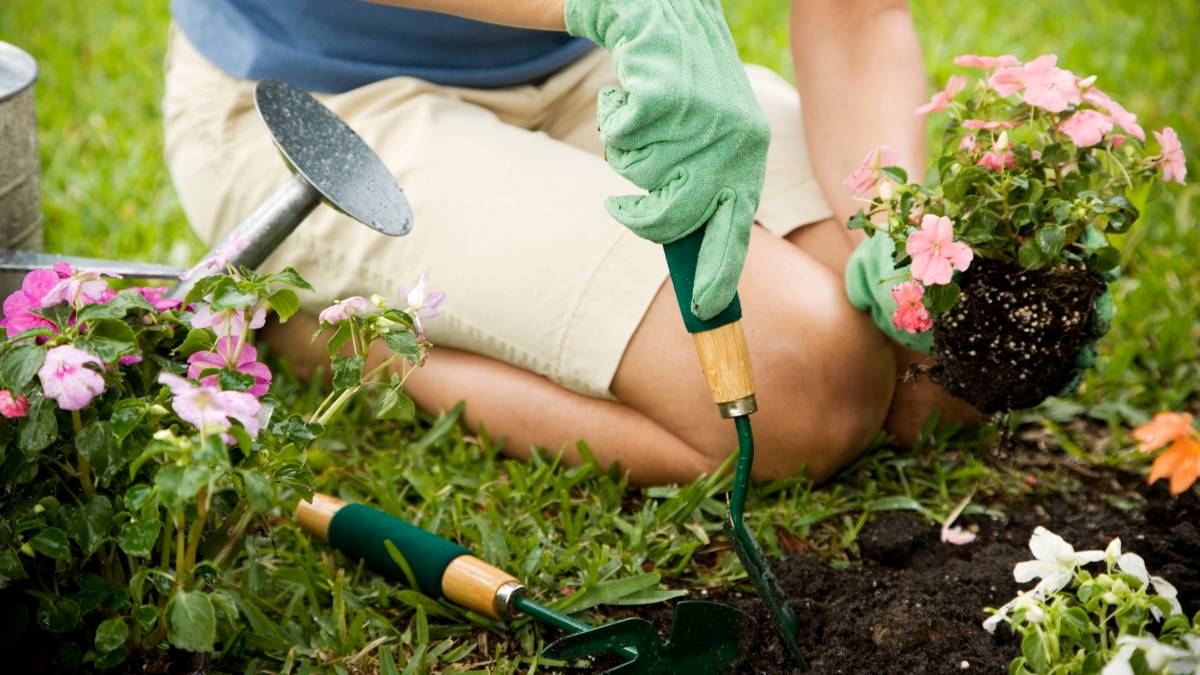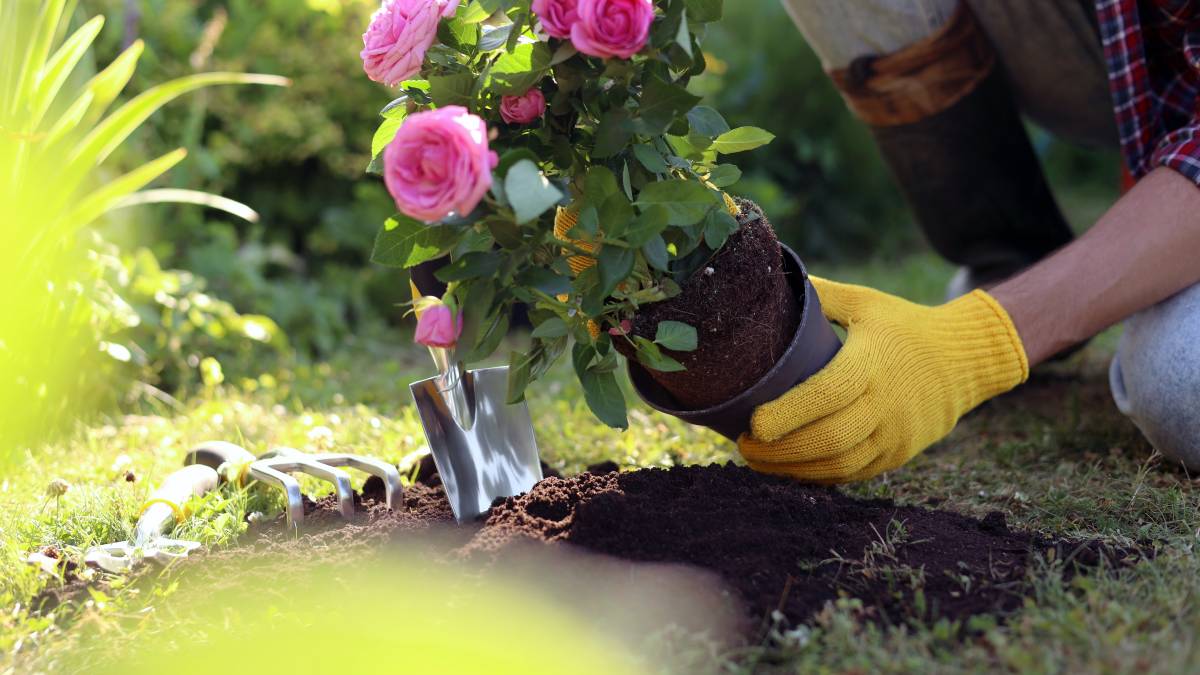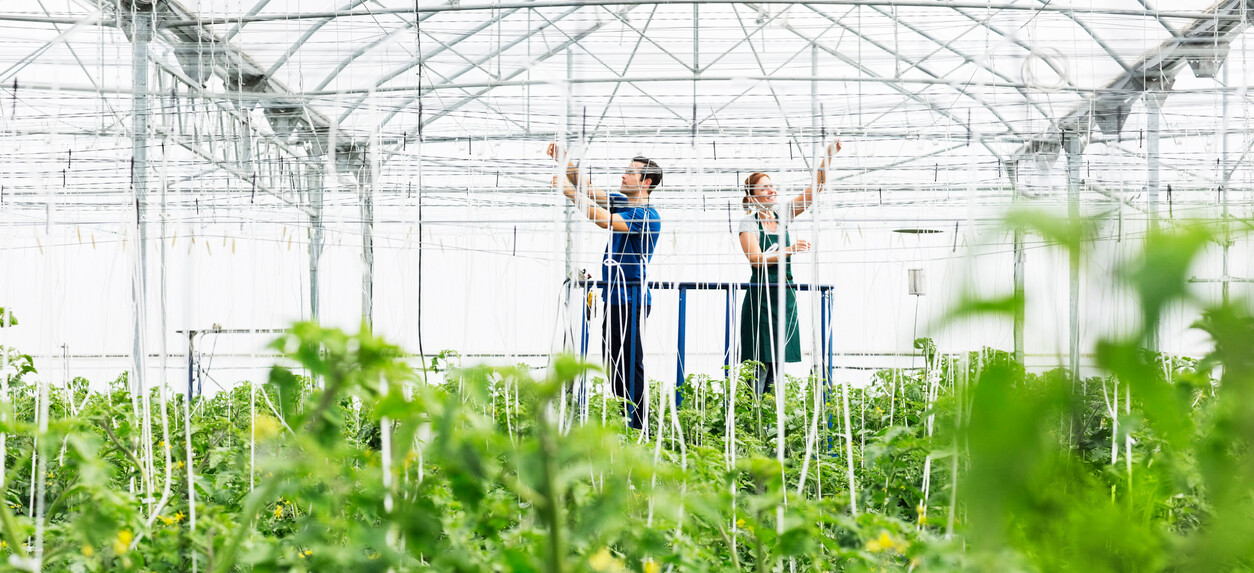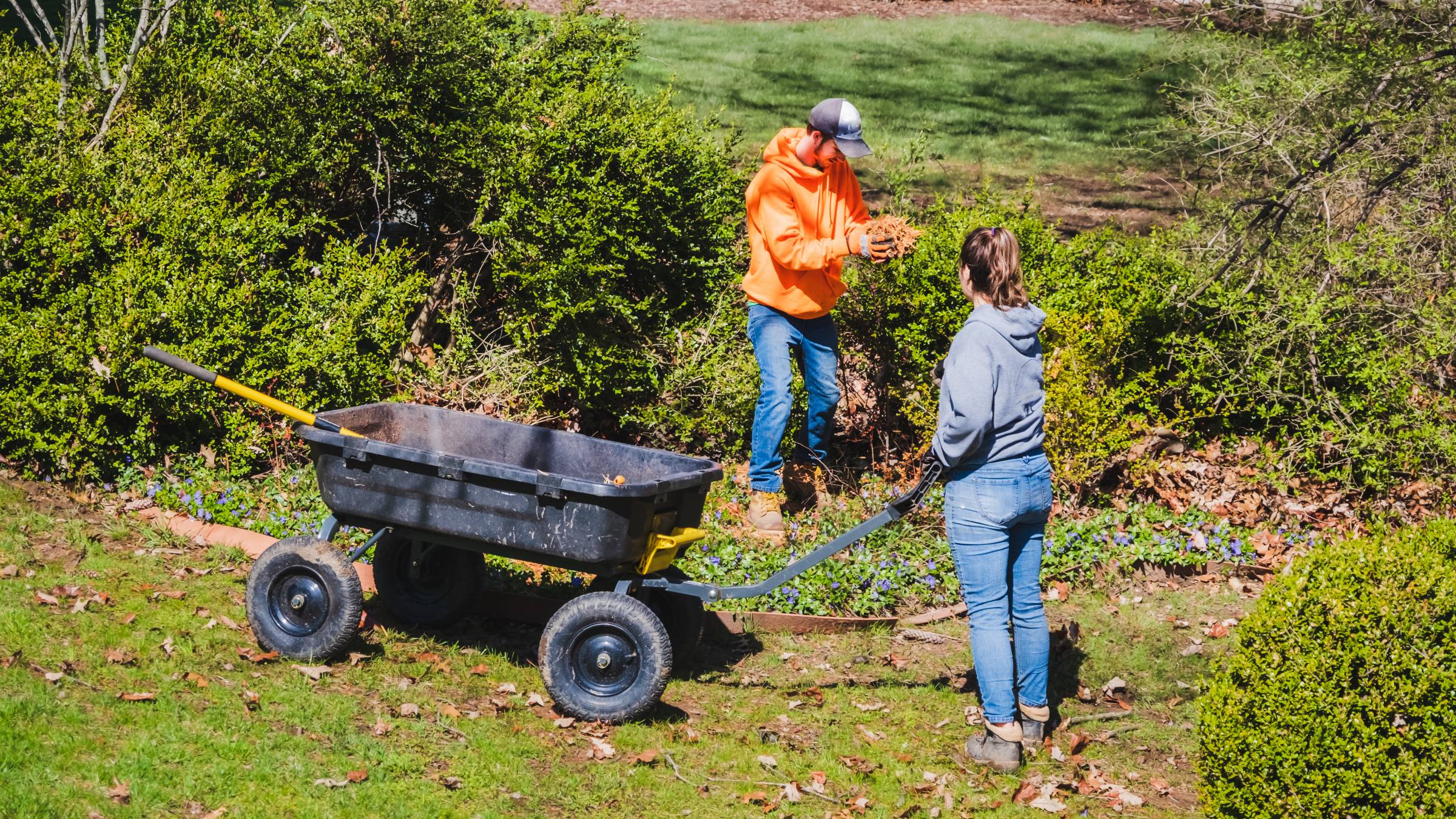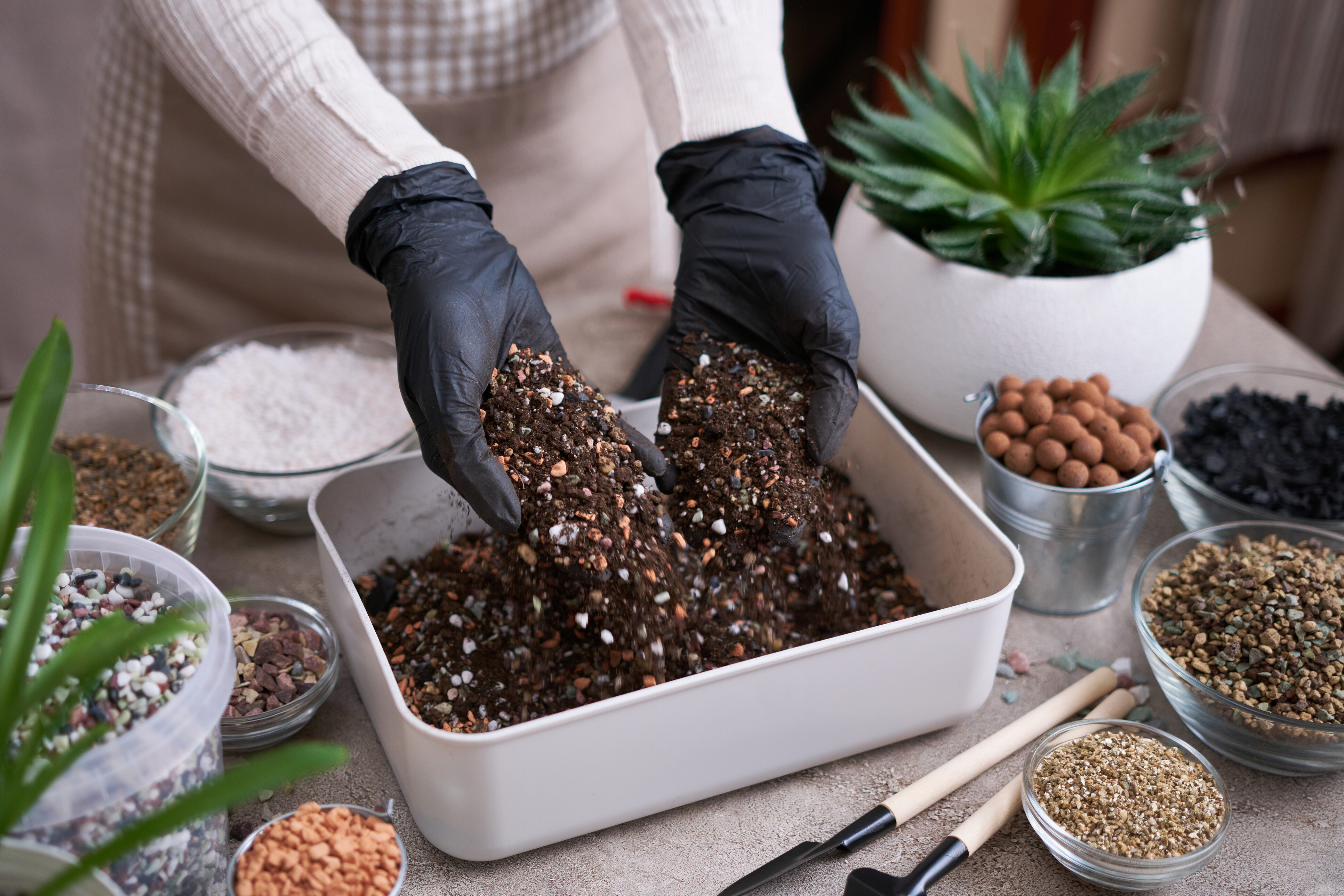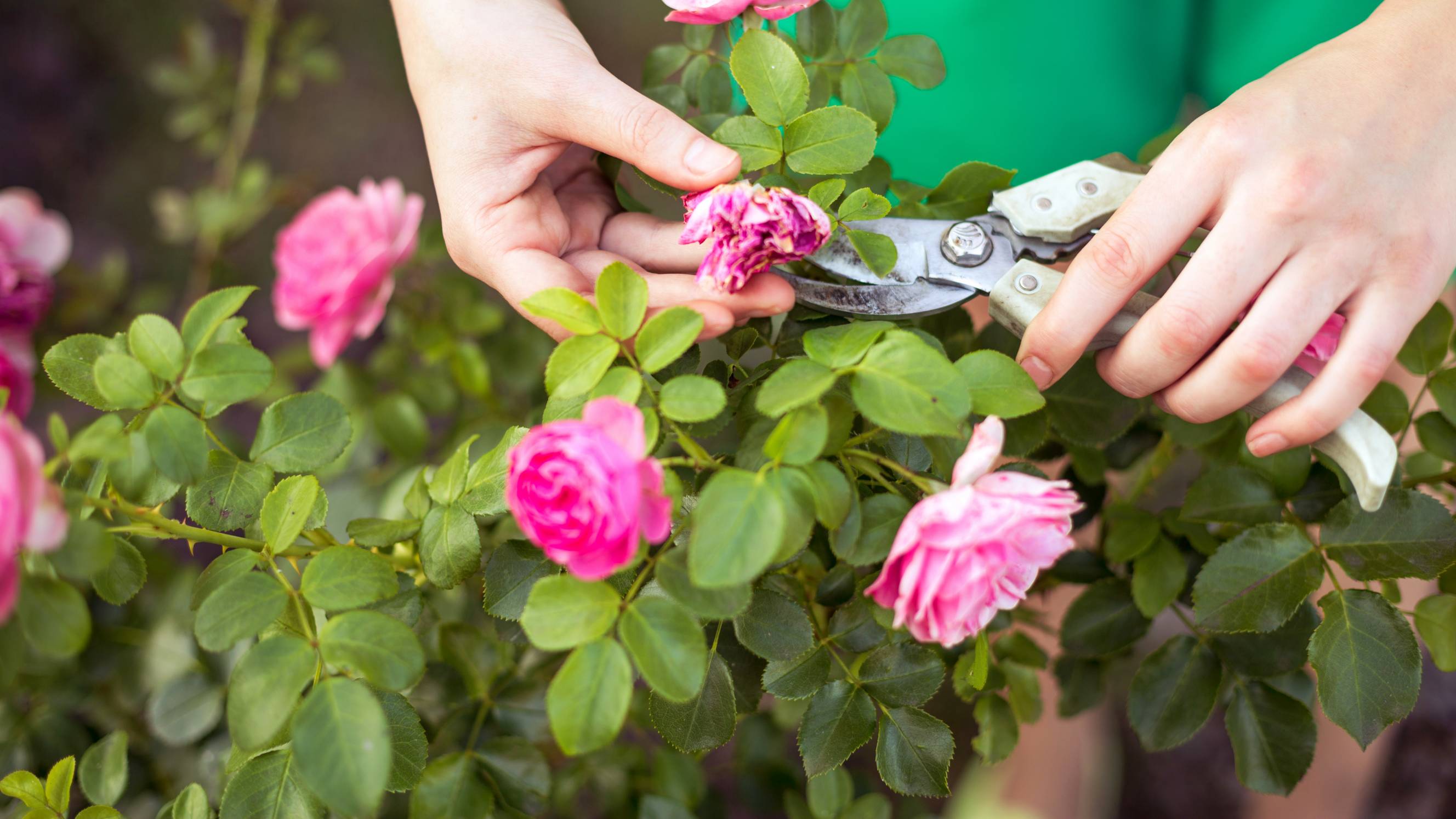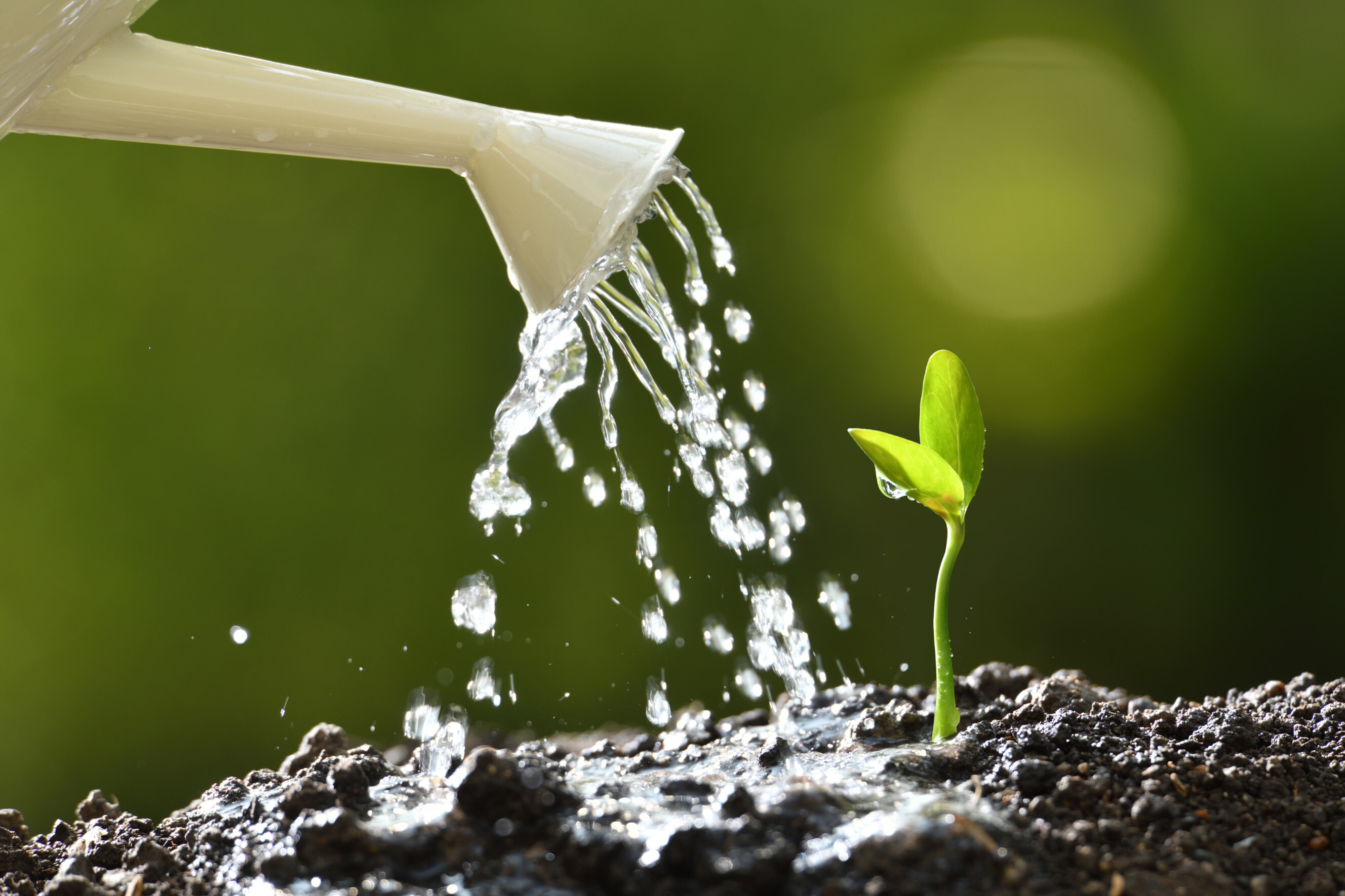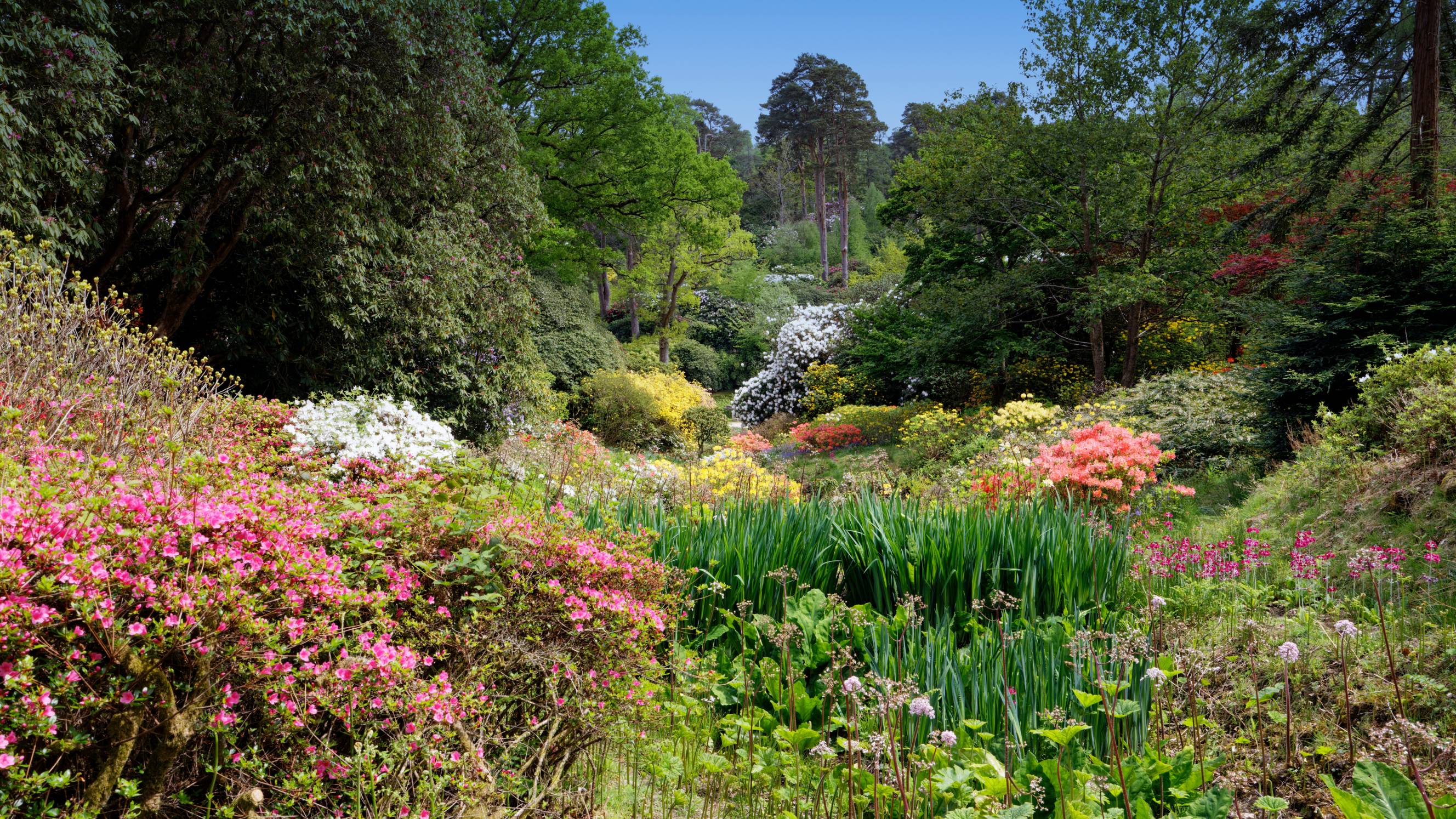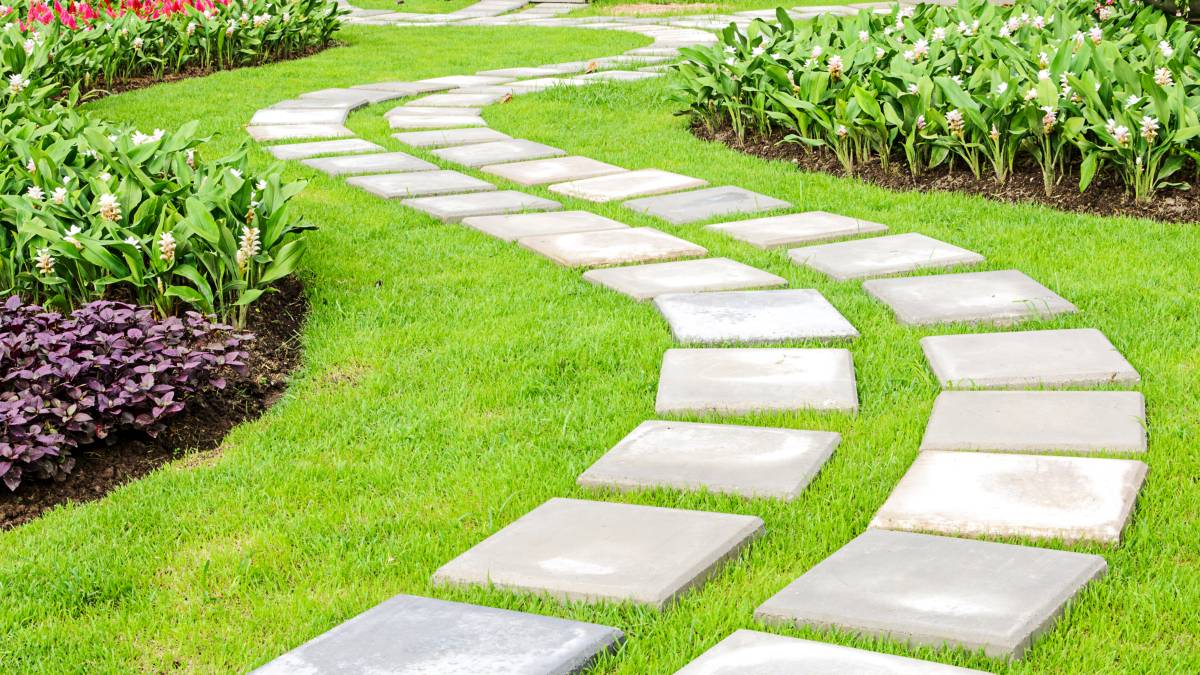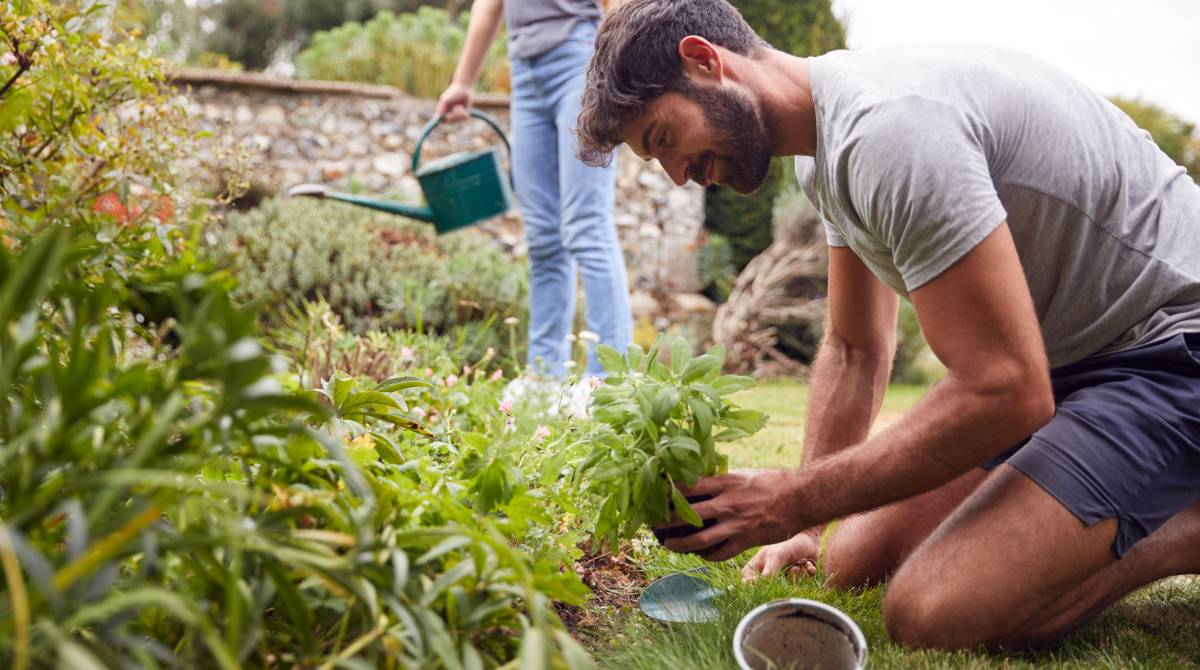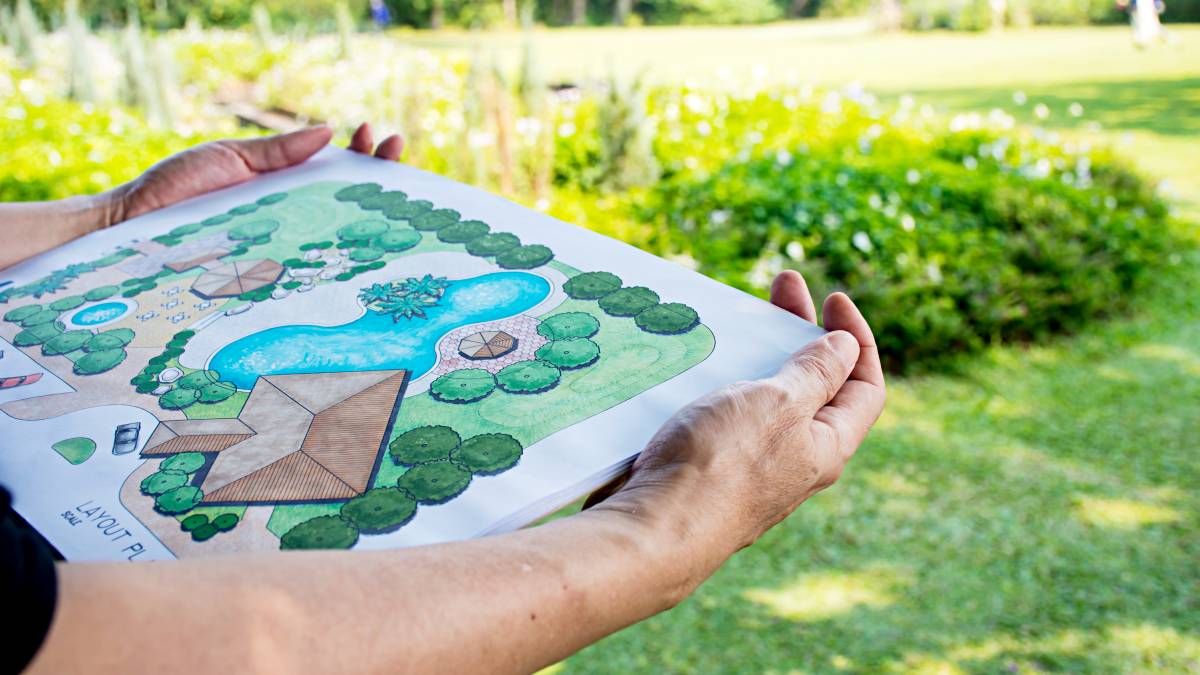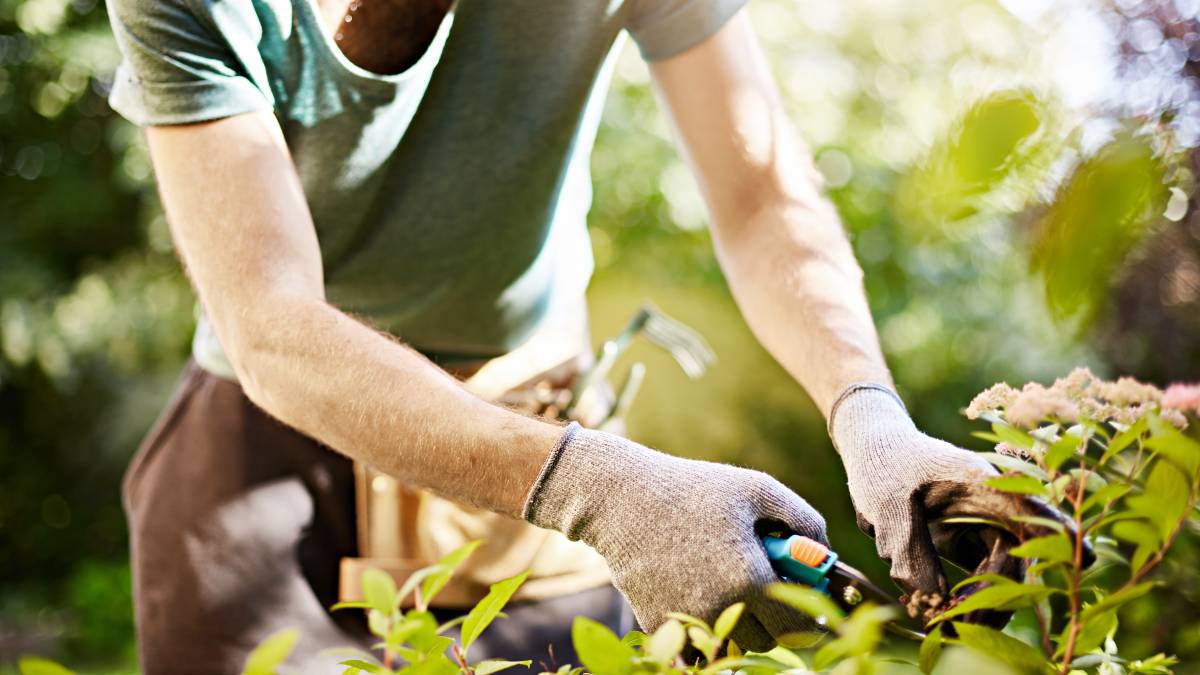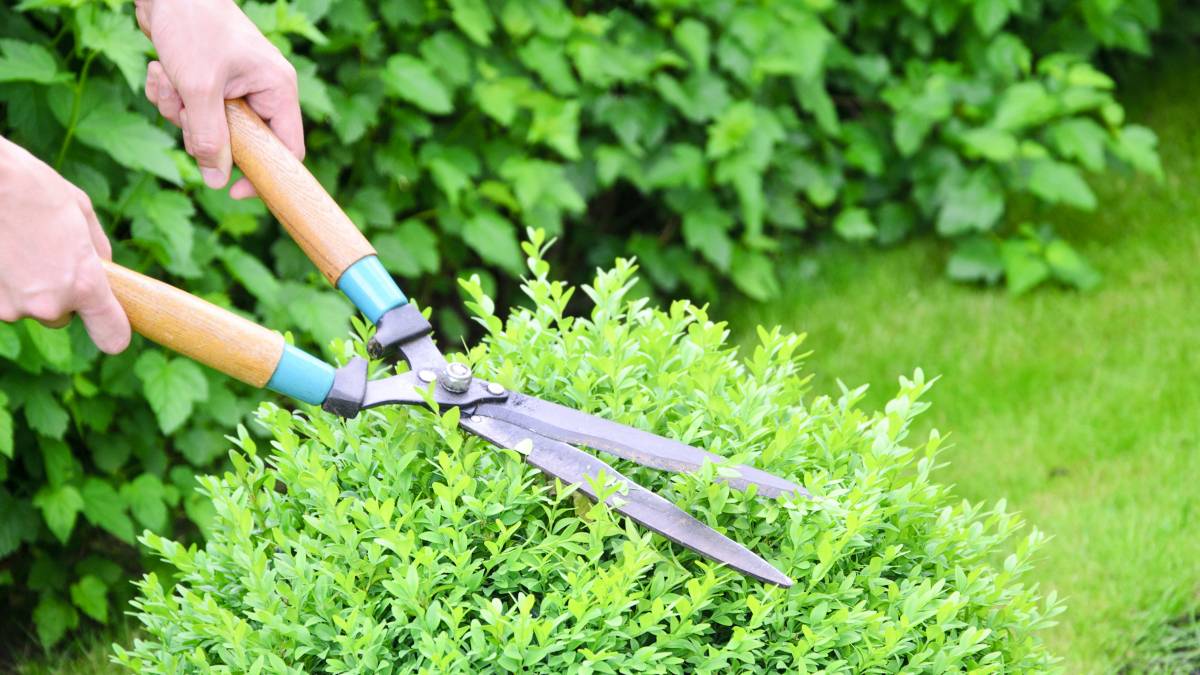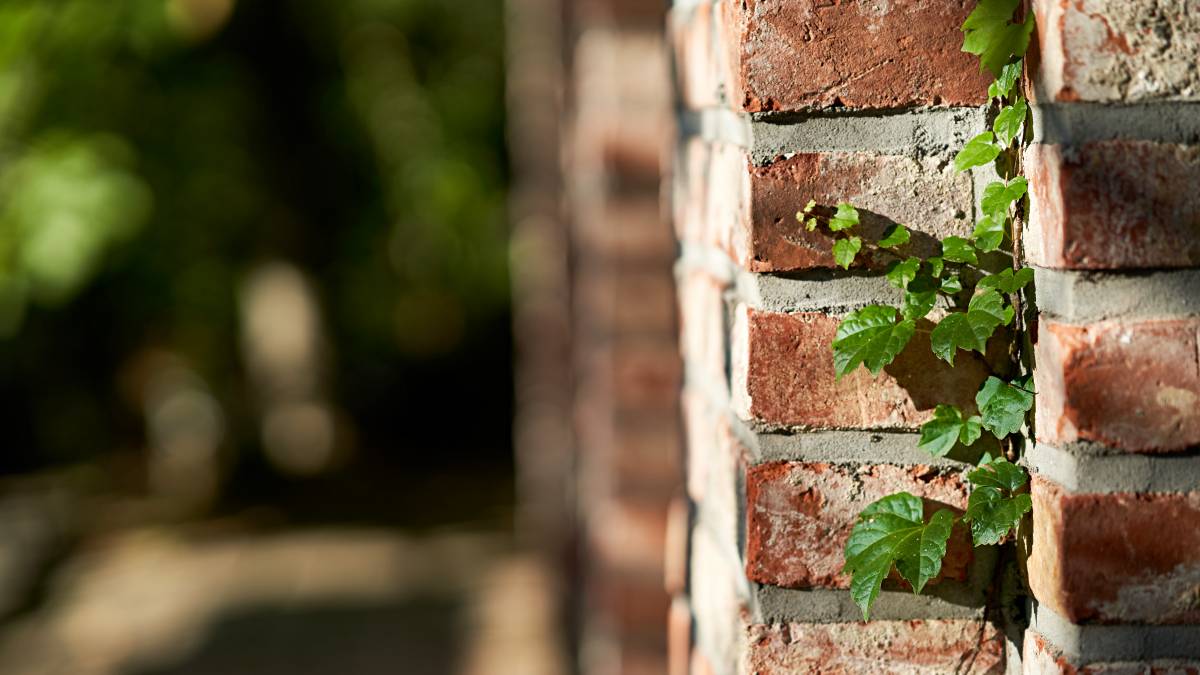- Home/
- Guides/
- Garden Planting/
- First and Last Frost Dates in Australia
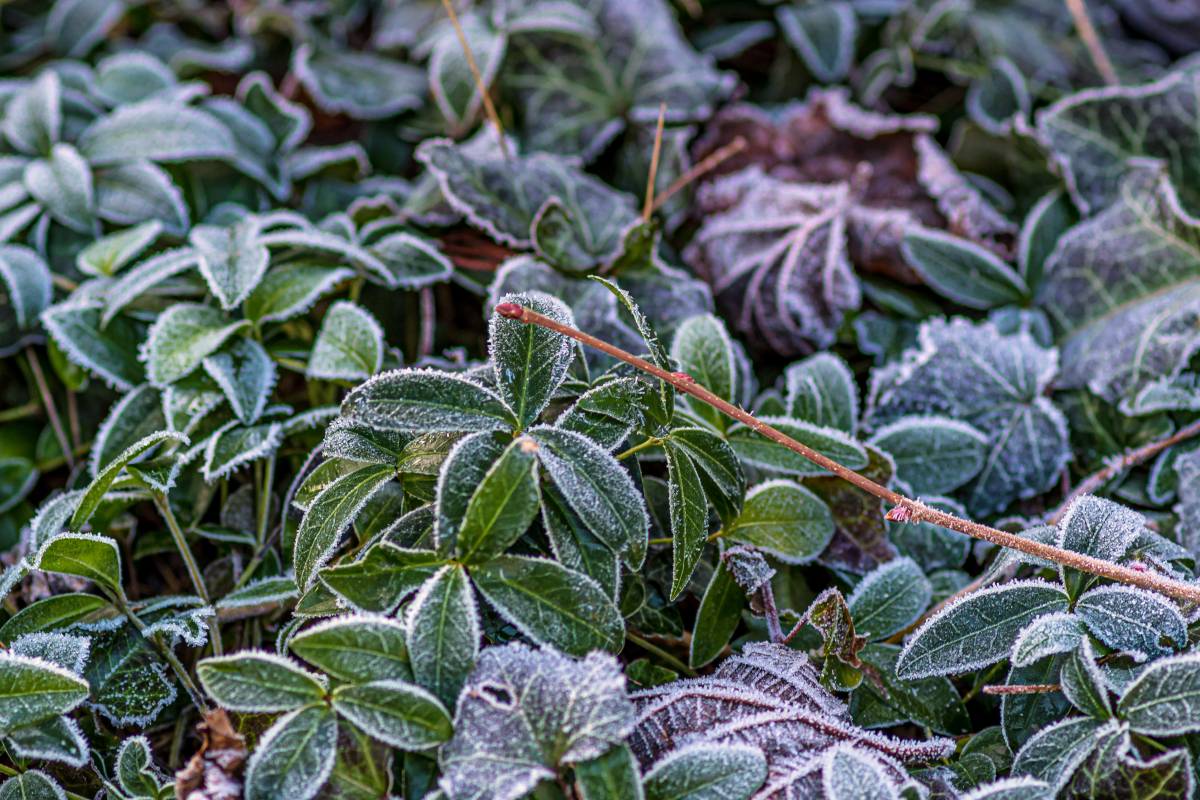
First and last frost dates (and why they matter)
Learn how to determine your first and last frost date to keep your garden safe year-round.
Get help with your gardenLast Updated on

Written by Chin S.
Staff Writer

Reviewed by Brad C.
Garden Maintenance Expert
Read more about our contributors
First and last frost dates are two important considerations in every gardener’s calendar. Understanding these as part of your garden timing will help you avoid frost damage to your plants and flowers in the spring weather.
The first signs of Spring can be difficult to navigate for many gardeners who are starting their seed plan. A great way to avoid any issues and prepare for this is knowing when to plant.
In many cases, this means getting plants in the ground when the average last frost date passes. This will change based on your area, but it is a crucial first step to ensure you enjoy a successful spring garden.
What is a frost date in gardening?
Frost dates refer to days when temperatures fall to 0°C or lower, which is cold enough to damage or kill your plants. Understanding frost dates lets you know when the optimal growing season is. The last frost date in Spring signifies the end of the cold snap and a good time to start your new garden.
Read on to understand more about frost dates and why they are important.
What is the first and last frost date?
The final spring frost for your location is the last frost date, while the first frost date signifies the beginnings of spring frost. It’s important to note that the date and the average temperatures will vary greatly depending on your state and elevation.
Whether you’re in an urban or rural environment also plays a role in the average last frost date. Urban areas heat up quickly in Spring, and as a result, the last frost date can change by a few days or even a week.
|
Cities |
Last Frost Day |
First Frost Day |
|---|---|---|
Sydney |
Early August |
Early June |
Melbourne |
Early September |
Late May |
Canberra |
Early October |
Early March |
Western Australia |
Late September |
Late June |
Tasmania |
Late December |
Late February |
By getting the timing right, your initial plantings will be protected from cold temperatures, ensuring they have the best chance to survive and thrive.
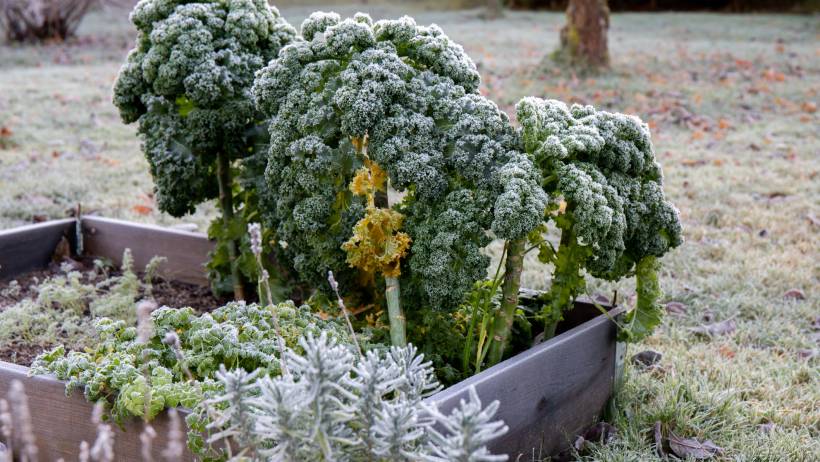 Vegetables standing strong against winter chill. (Source: iStock)
Vegetables standing strong against winter chill. (Source: iStock)
How does the last frost affect vegetables?
The last frost date in spring essentially determines when the first seeds of your new plantings will germinate. During spring, the nights reach temperatures too cold for new vegetable plants to survive.
Some beautiful Spring crops like lettuce, carrots, cabbage, spinach, and radishes may be able to withstand colder temperatures. However, warmer-season crops like cucumbers, tomatoes, and peppers will struggle.
How do you find your specific last frost date?
Understanding the first and last frost dates is much easier for gardeners today, thanks to the many online resources available. For example, the Australian Bureau of Meteorology (BOM) offers the easiest way to understand the average annual temperatures in your region.
The last frost date data is based on historically averaged temperatures. As a result, there is a slight chance that frost can occur after the dates listed, creating frost damage on plants. We recommend building in a little buffer to allow for this if you are worried about plant damage.
Always keep an eye on the weather forecast as well. Seed guidelines are available to work from your last frost date, and with the right timing, you'll enjoy a bountiful spring garden!
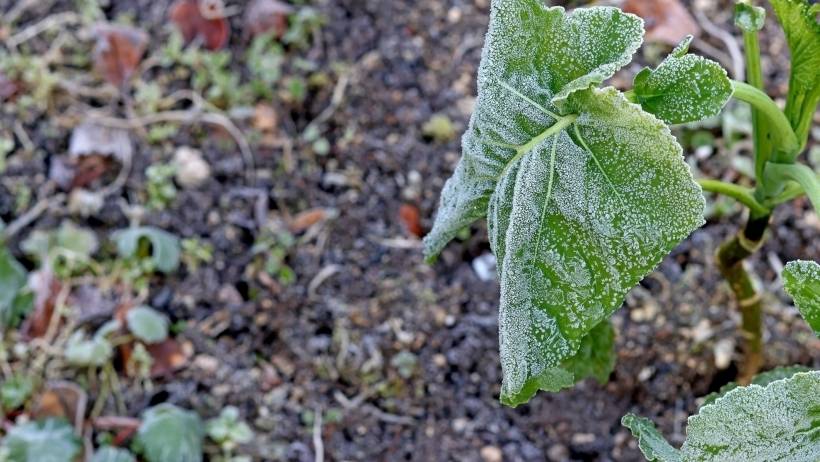 Frosty mornings challenge young plants. (Source: iStock)
Frosty mornings challenge young plants. (Source: iStock)
How do you know when it’s the last frost?
Many online resources will help you understand your area’s first and last frost dates. The Bureau of Meteorology often tracks this data as well. It is important to know that no matter where this information comes from, the actual date can vary slightly due to changing and unpredictable weather patterns.
What are some plants that are sensitive to frost?
A range of tender plants and edibles can be very sensitive to frost. This may include:
Fruits & Vegetables
Avocados
Citrus trees
Tomatoes
Pumpkins
Sweet potatoes
Cucumber
Eggplant
Corn
Plants & Flowers
Fuchsia
Begonias
Impatiens
Geraniums
Succulents
Some tropical plants
If you are planning on planting any of these, be sure to find out when the last frost date is in your area, so you can ensure their survival by planting afterwards.
Which crops and plants can withstand frost?
Australia’s diverse climate allows for a range of frost-hardy fruits, vegetables, and native plants to thrive even in cooler seasons. Incorporating frost-tolerant varieties into your garden can extend your growing season and ensure a bountiful harvest even during colder months. Here are some examples of frost-tolerant crops and plant varieties:
Fruits & Vegetables
Carrots
Broccoli
Peas
Sprouts
Plants
Banksia
Grevillea
Callistemon
Frost-tolerant doesn’t mean frost-proof. Whilst some plants are better equipped to tolerate frost, the colder it gets and the longer the frost continues, the more a plant will begin to struggle.
Frost-tolerant plants still require diligent care, watching for any damage the frost may have caused and employing frost protection measures to help them survive the coldest weather.
How can I protect my plants from frost?
Home gardeners can protect their plants from frost in several ways. Some of these techniques involve mulching, temporary greenhouses, and watering plants in the morning.
Mulching: This insulation helps retain warmth in the soil. Organic materials such as straw, bark, or sugarcane mulch can prevent frost from penetrating deep into the ground and harming plant roots.
Frost covers or temporary greenhouses: Use shade cloth, horticultural fleece, or even old bedsheets as protective coverings. Remove them during the day to allow sunlight and airflow.
Watering plants in the morning: Do this before a frost, as wet foliage can freeze and cause damage.
Smaller plants can be covered with plastic bottles or containers to create temporary mini-greenhouses, trapping warmth and shielding delicate leaves from frost.
A warm garden is a happy garden
There are many different things to be aware of to ensure your garden thrives; it's one of the reasons why we have the gardening hub, a place for helpful resources to help you have the greenest of thumbs.
If you need an extra hand in the garden, plenty of Airtasker gardening experts can offer their services. From general yard work to other outdoor areas that need attention like pool maintenance, there is always a Tasker ready and willing to help.
Learn more about our contributors

Written by Chin S.
Staff Writer
Chin is a passionate hobbyist writer with a love for gardening, home improvement and beauty. She enjoys nurturing her small indoor plant collection, redecorating her space and exploring all things beauty. Through her writing, she shares her journey and tips for fellow enthusiasts.

Reviewed by Brad C.
Garden Maintenance Expert
Brad is the owner of Garden Pal, a trusted local business dedicated to year-round garden care for busy households. With expertise in lawn mowing, lawn care, hedge trimming, planting, and garden maintenance, he helps clients keep their outdoor spaces thriving in every season. Operating in Canberra’s extreme climate, Brad understands the unique challenges of keeping gardens thriving year-round, from scorching summers to frosty winters.
The Reviewer Badge is awarded to individuals who are experts in their respective fields and evaluate the content to ensure its accuracy and relevance to the task at hand.
FAQs on first and last frost dates
Australia’s climate varies widely, which means frost dates aren’t the same everywhere. In colder regions like Tasmania, Victoria, and the ACT, frosts tend to linger later into spring and return earlier in autumn. Meanwhile, coastal and tropical areas like Queensland and northern NSW rarely experience frost at all. Understanding your local climate and average frost dates will help you plan your planting schedule more effectively.
Yes, while the last frost dates are based on historical climate data, unexpected cold snaps can still happen. Weather patterns fluctuate, so it’s always a good idea to check local forecasts and take precautions like using frost covers or waiting a little longer before planting frost-sensitive crops.
Signs of frost damage include wilting, blackened or mushy leaves, and brittle stems. In some cases, plants may recover if only the leaves are affected. Trimming off damaged parts and keeping plants protected from further frost exposure can help them bounce back.
Find garden planters, fast
Find a garden planter
Related articles
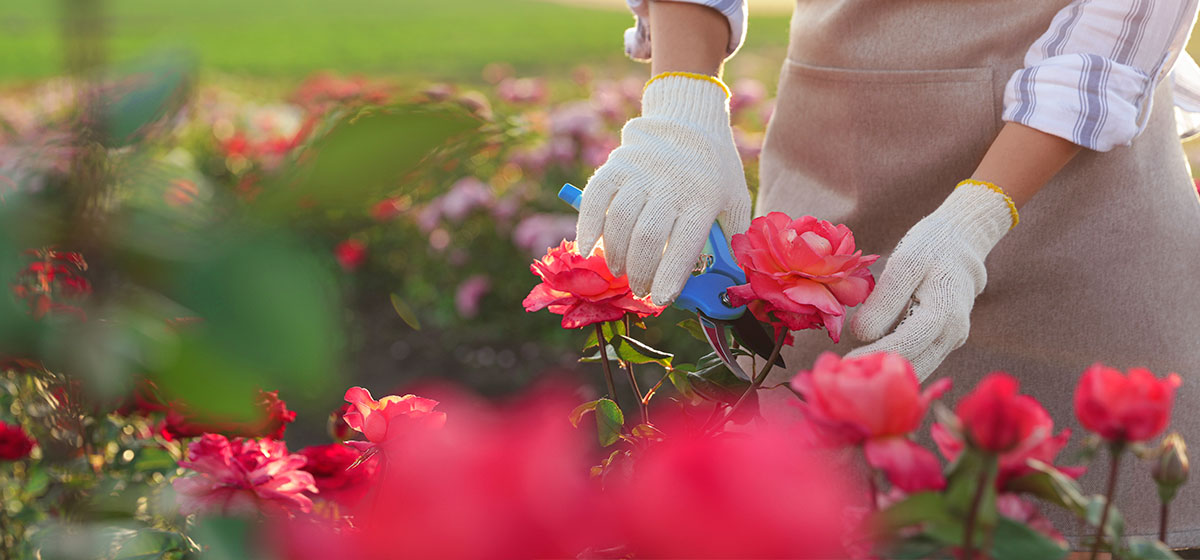
How to prune roses the right way
Read more
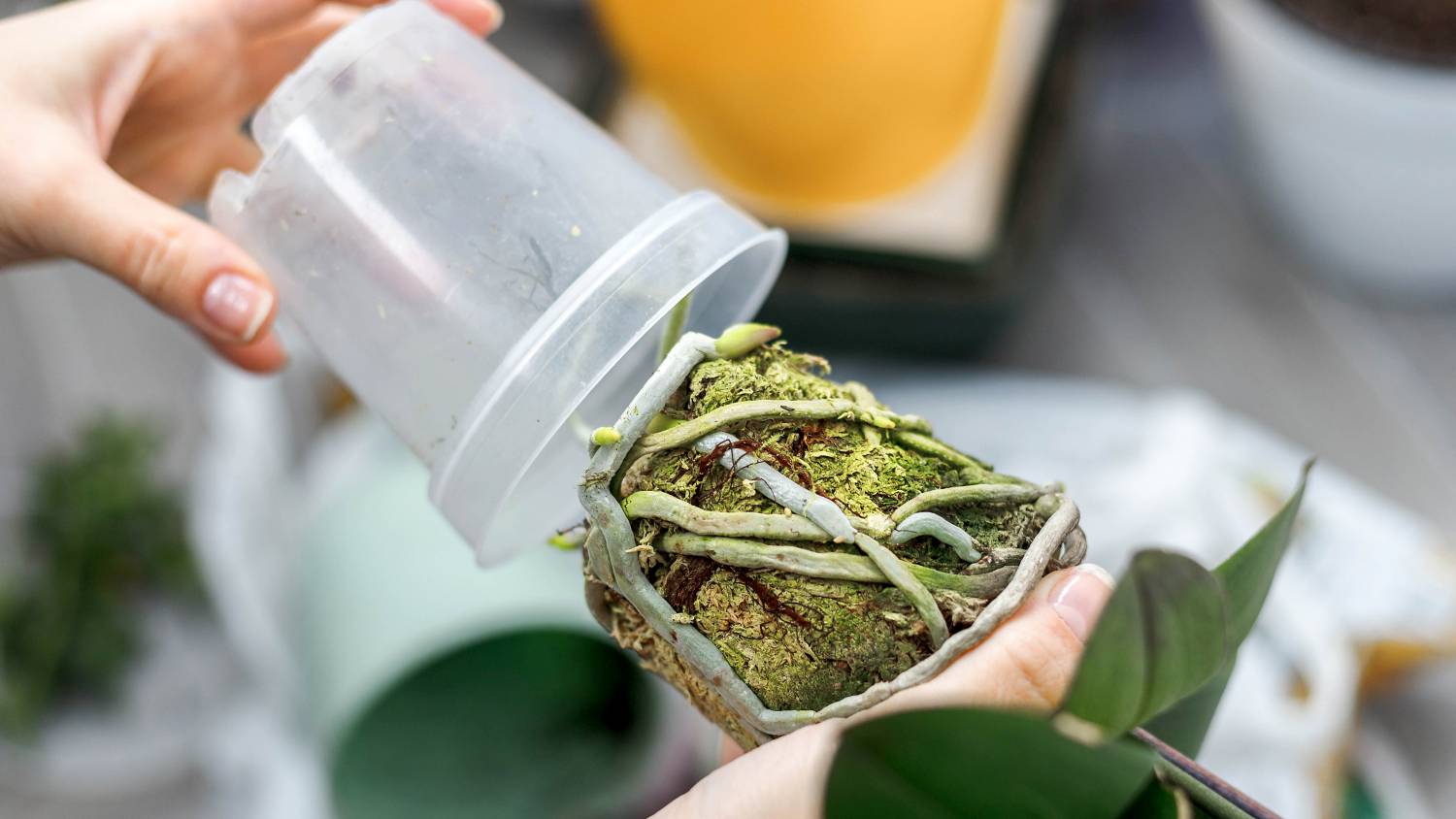
Learn how to repot an orchid
Read more

How to build garden steps
Read more
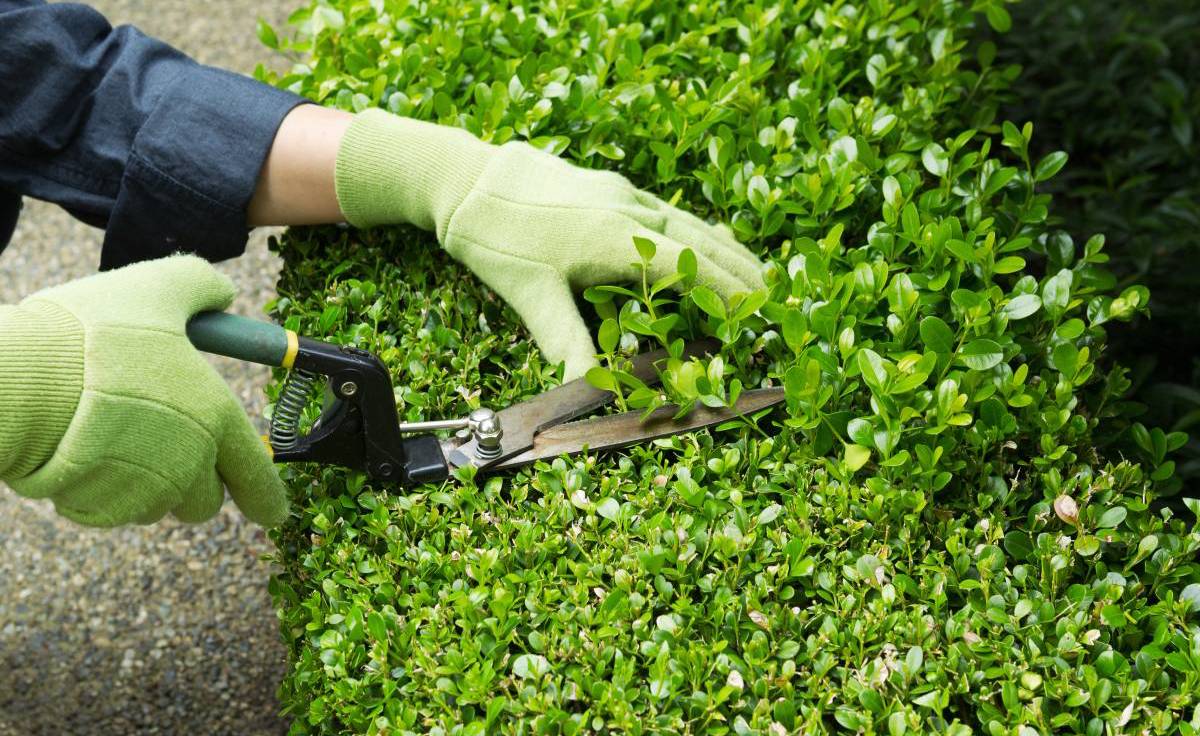
How to trim bushes the right way
Read more

25 ways to make money gardening
Read more

13 best spring gardening tips
Read more
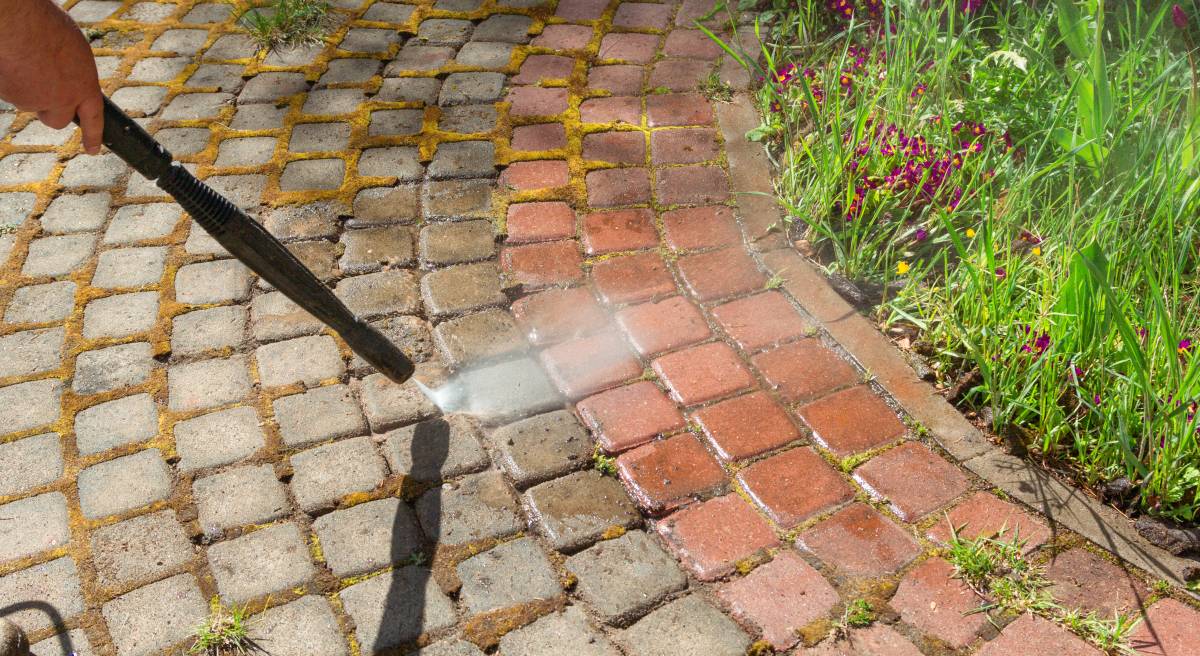
How to clean garden rocks
Read more
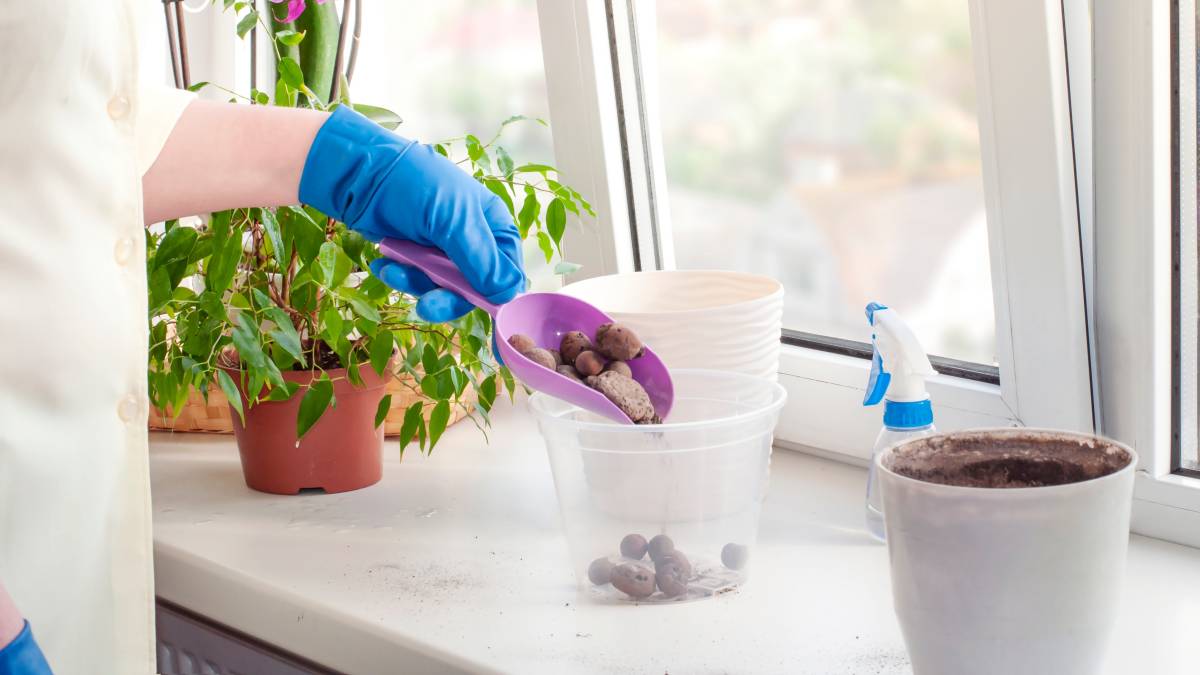
36 Quirky plant pot ideas you’ll love
Read more
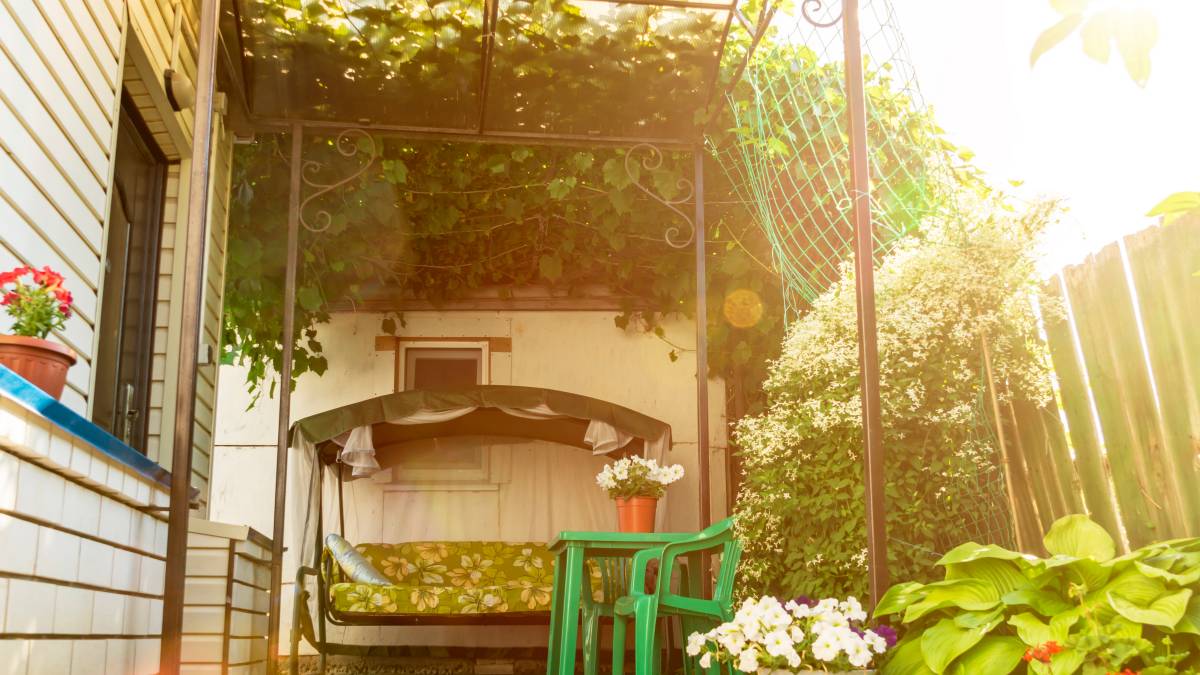
18 Garden canopy ideas you’ll love
Read more
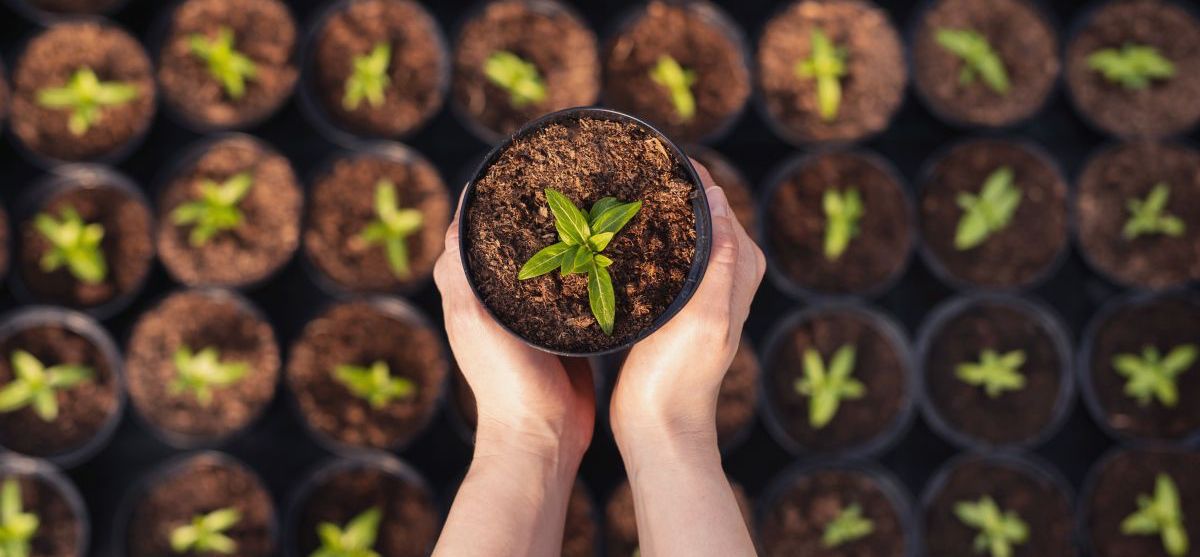
Gardening tips for beginners
Read more
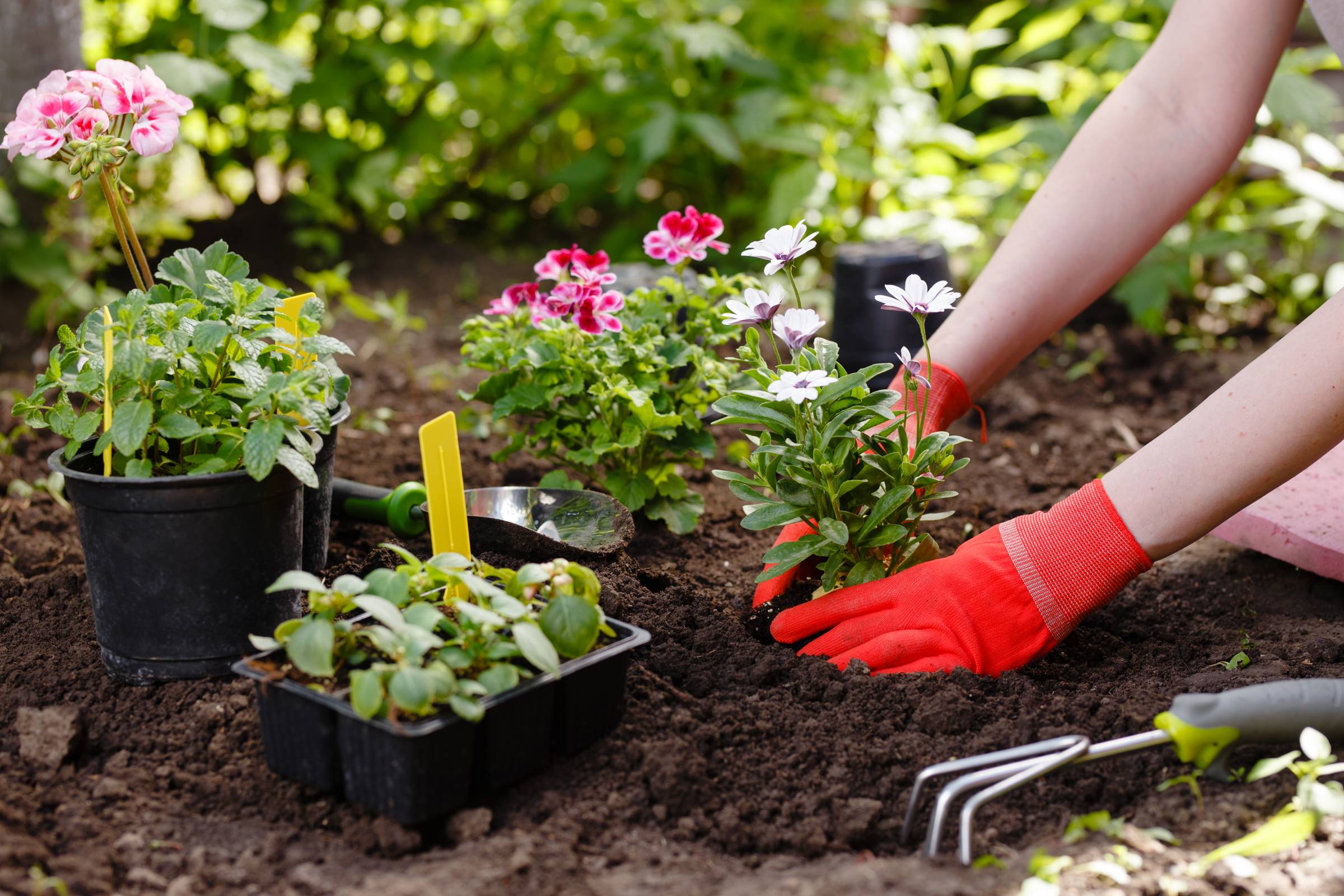
Your garden maintenance checklist
Read more
Related price guides
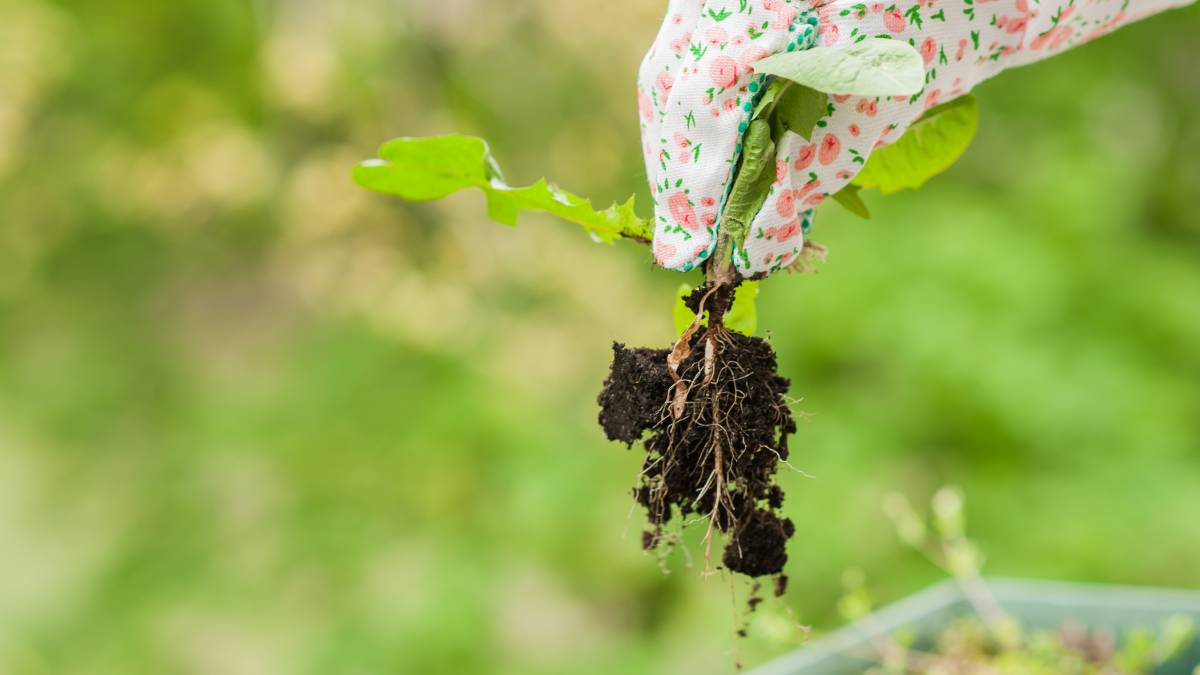
How much does weeding cost?
Read more
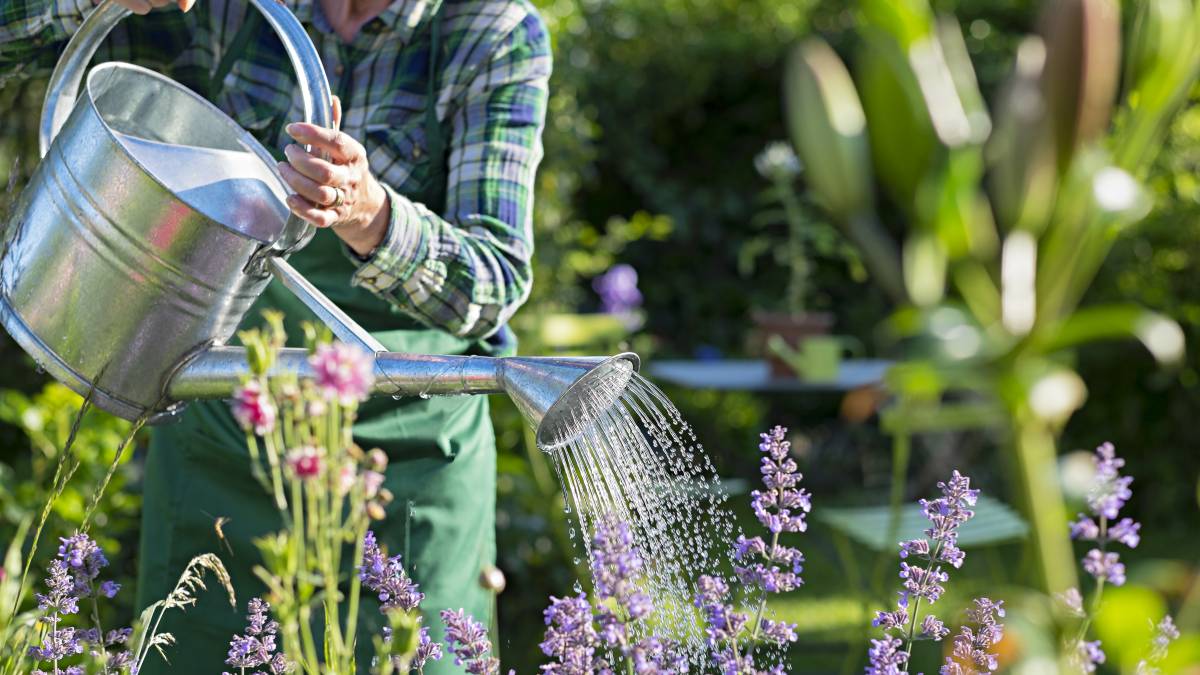
How much does a gardener cost?
Read more
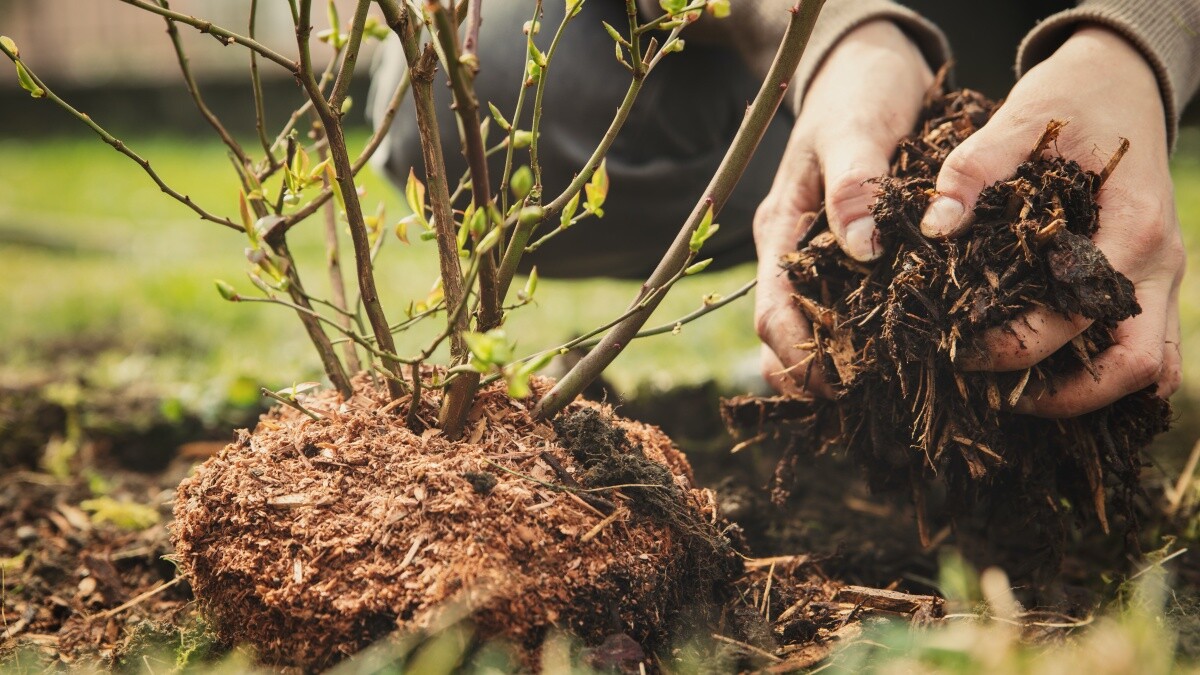
How much does mulch cost?
Read more
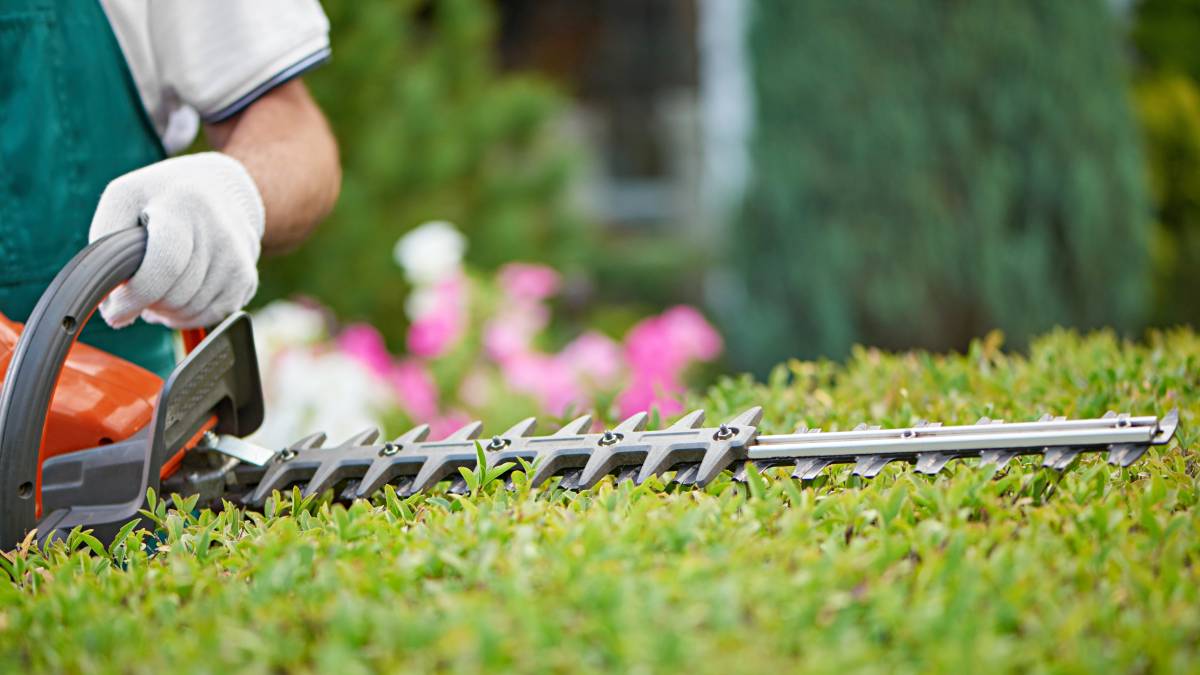
How much does hedge removal cost?
Read more

How much does a garden room cost?
Read more
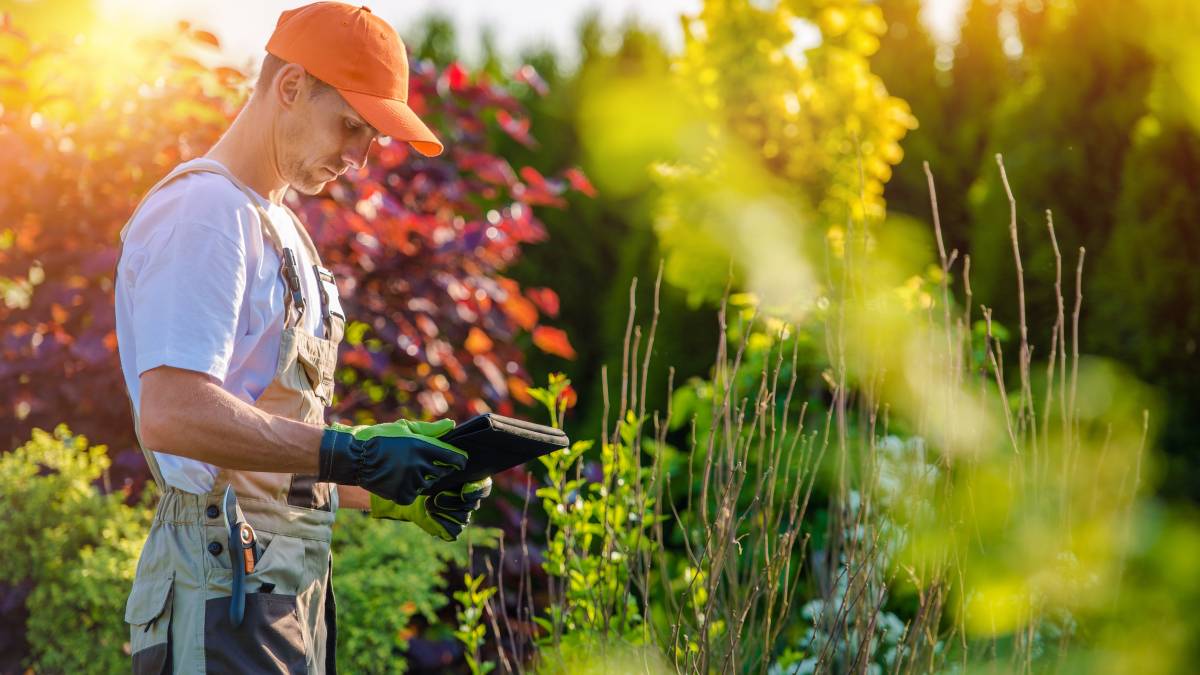
How much does garden clearance cost?
Read more

